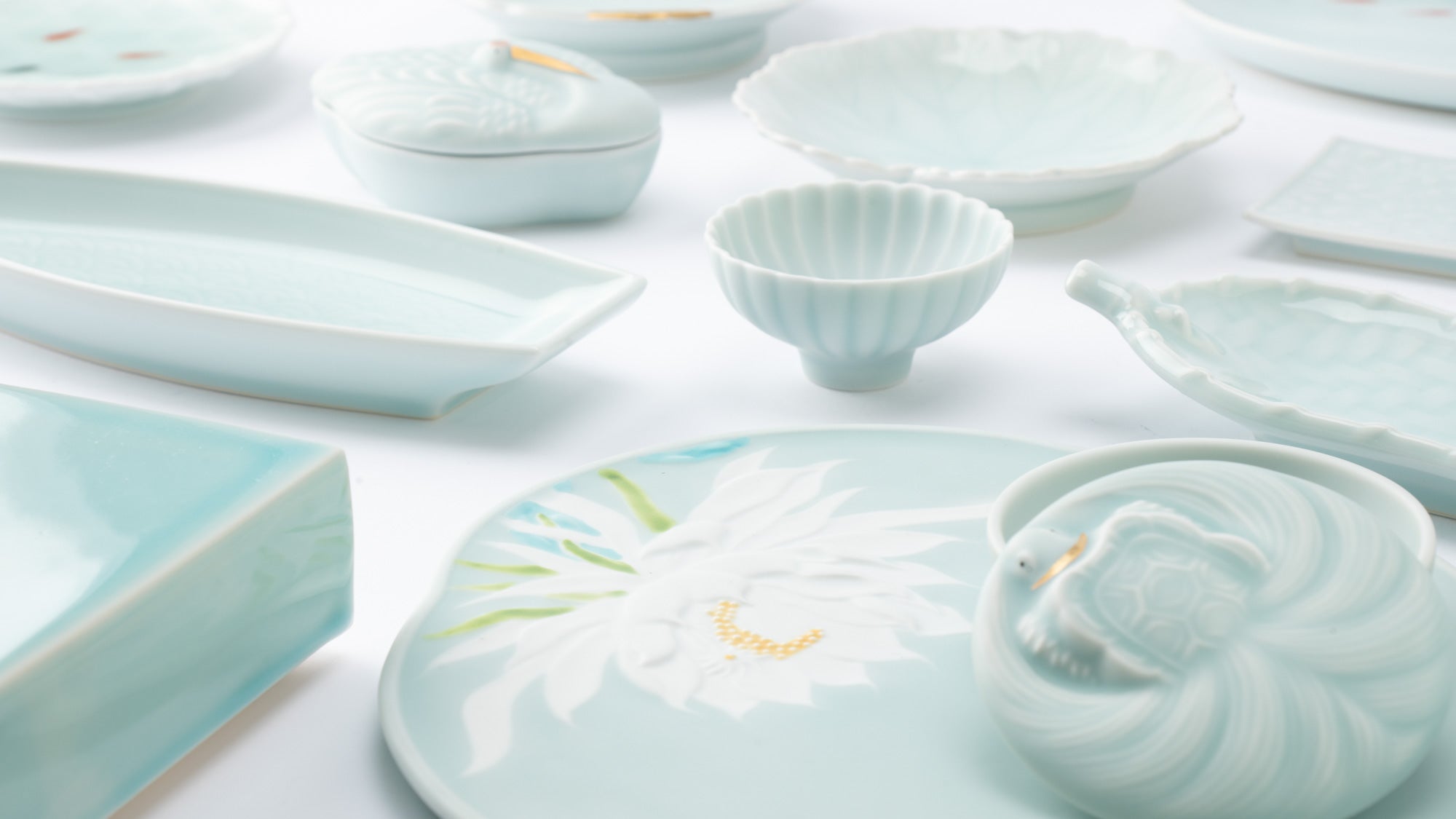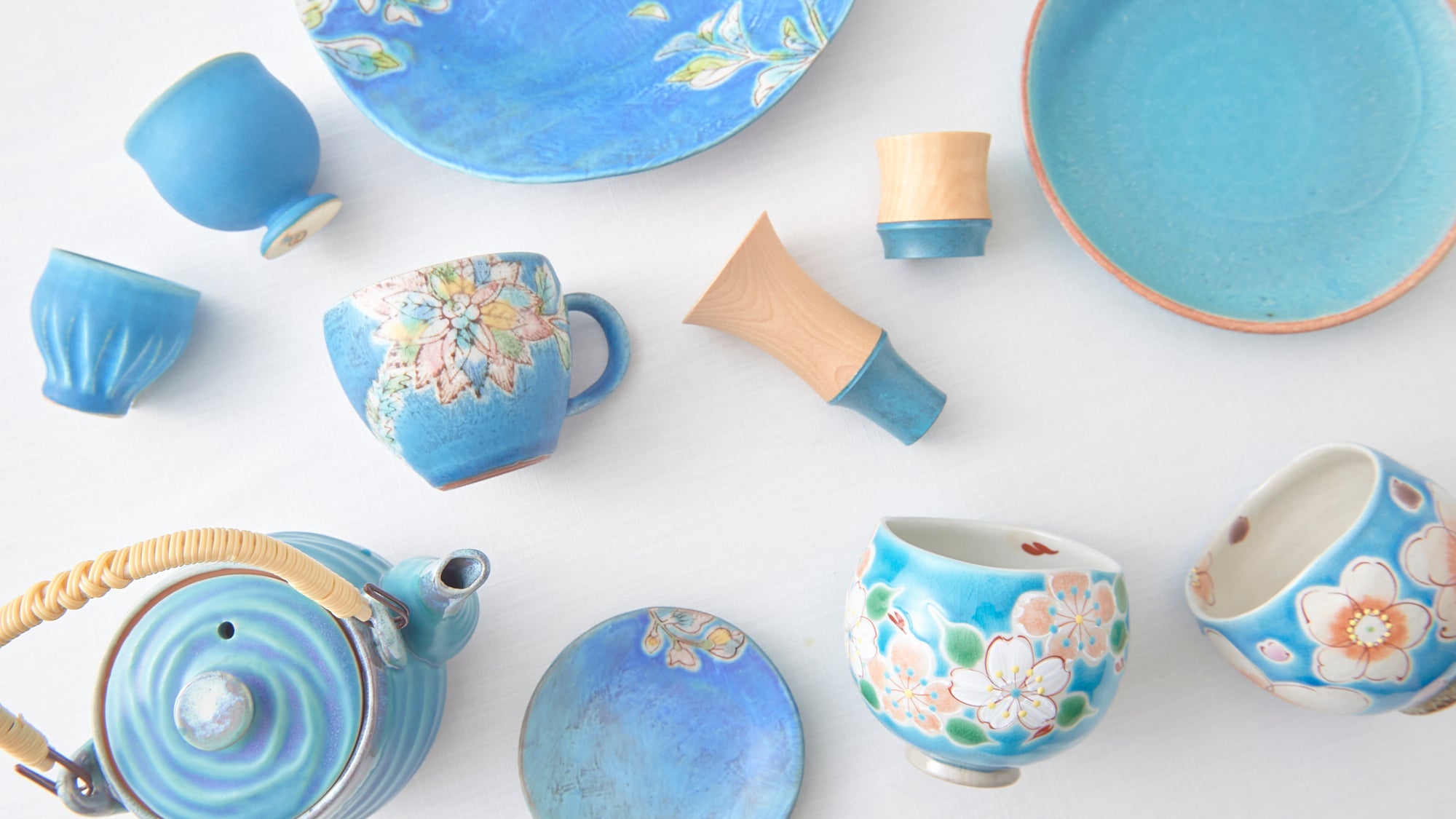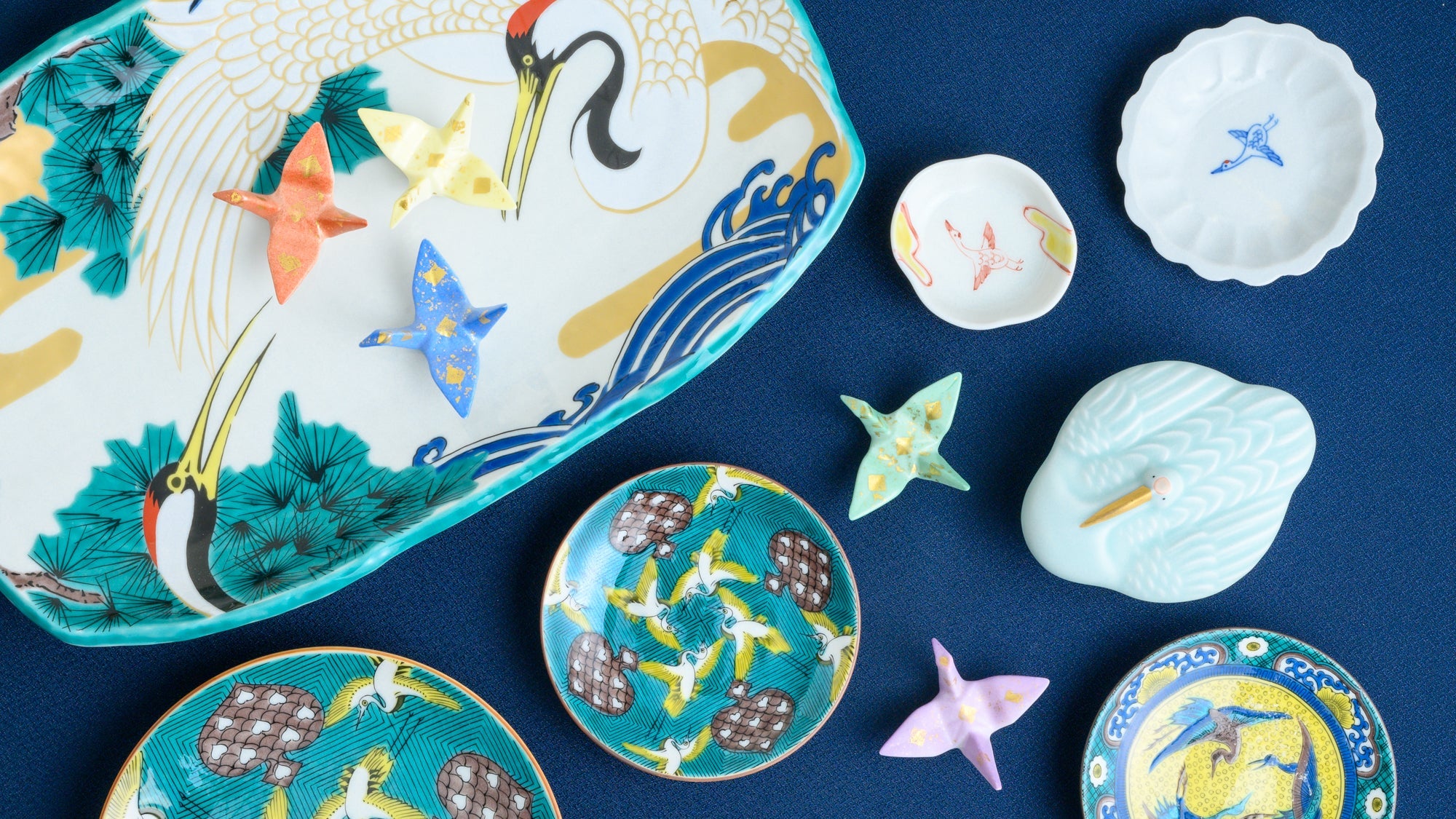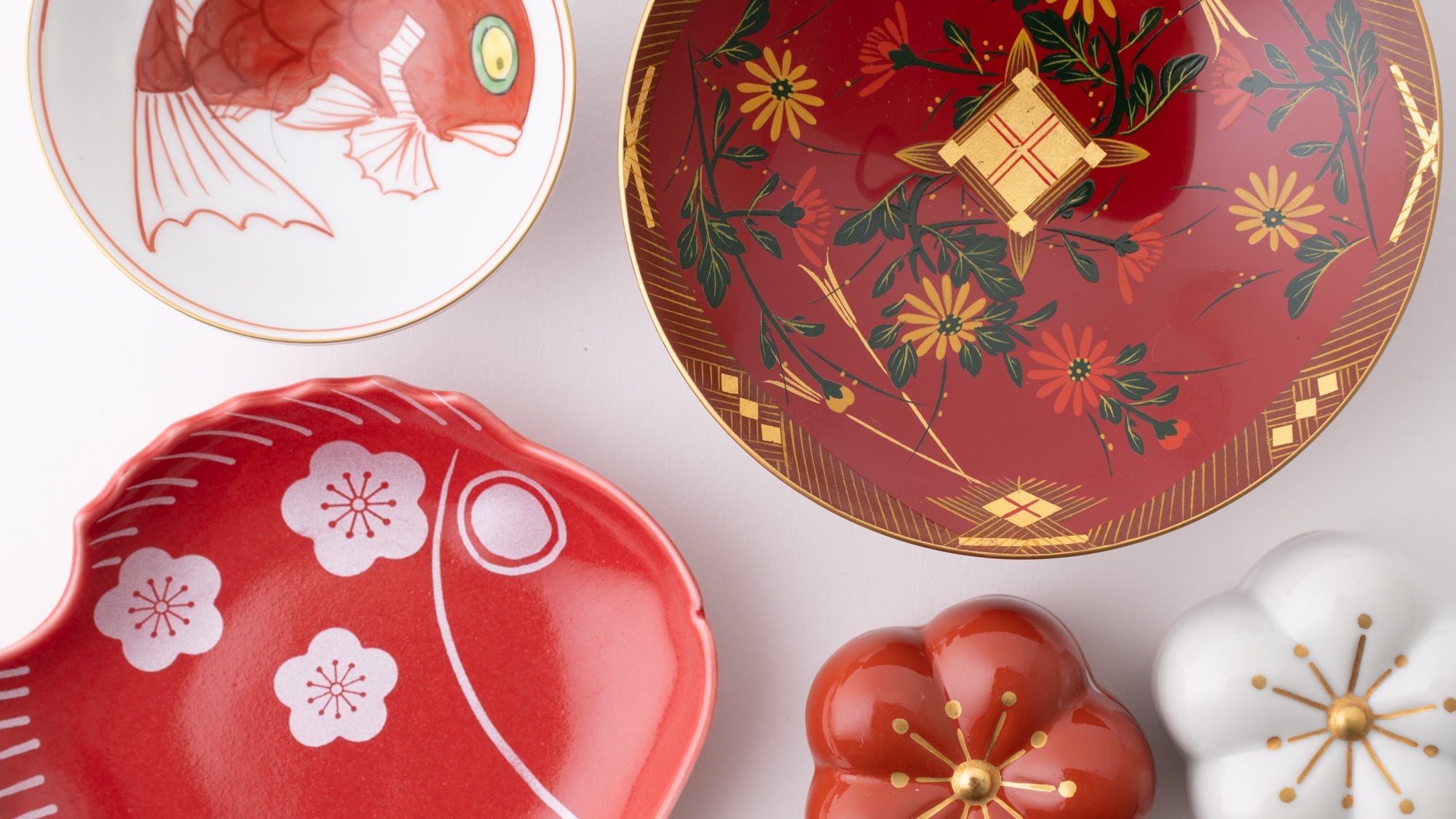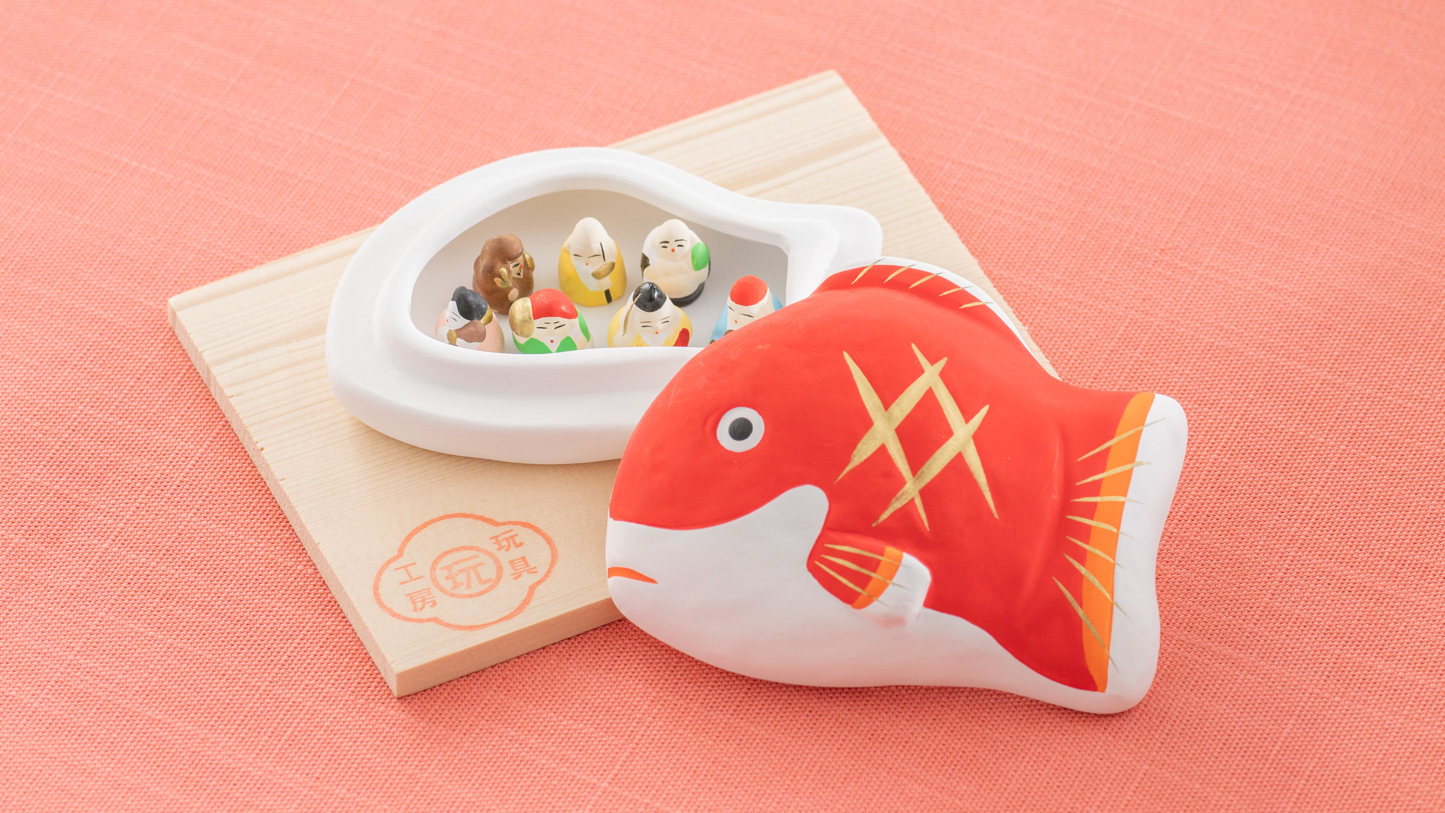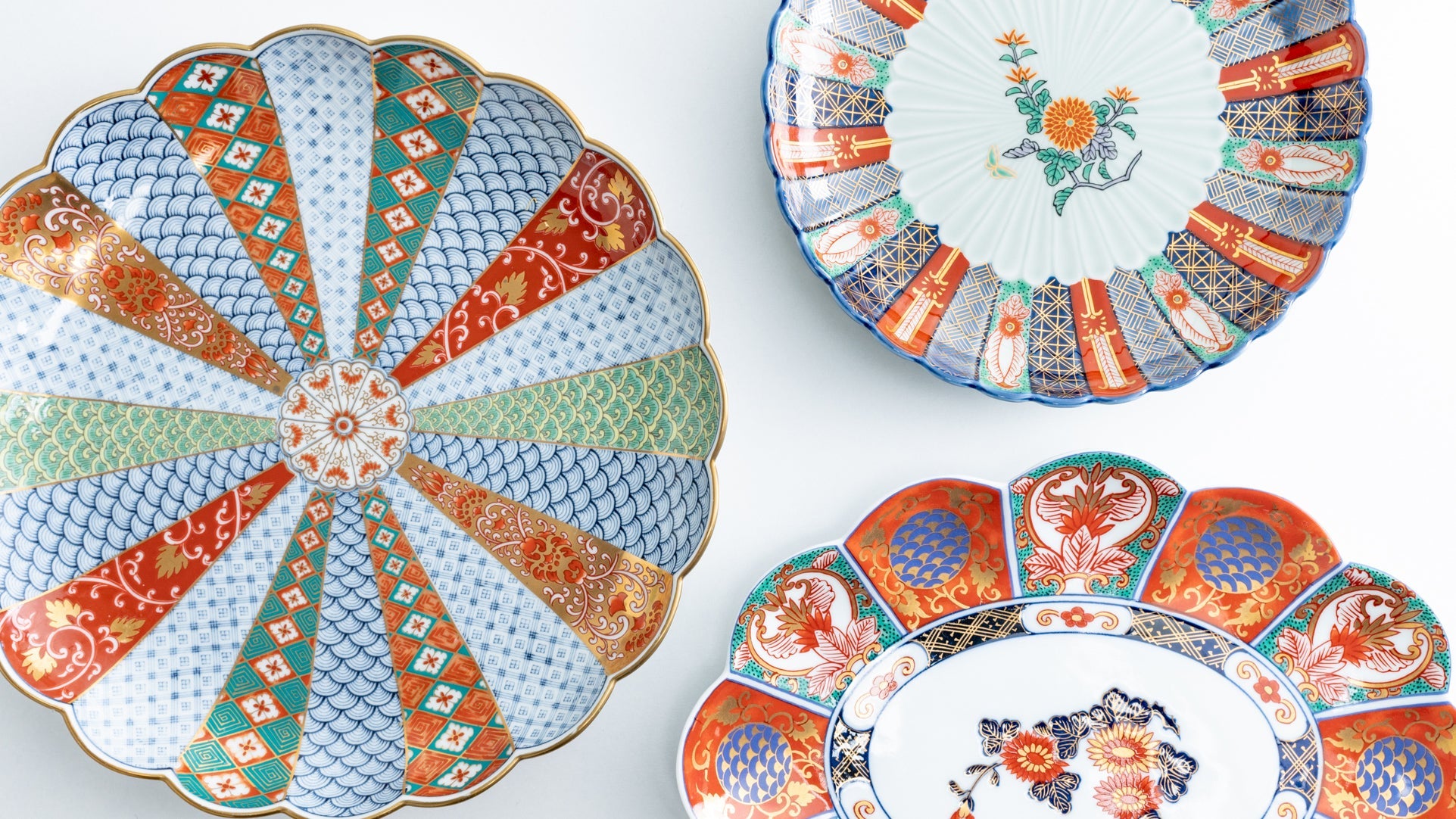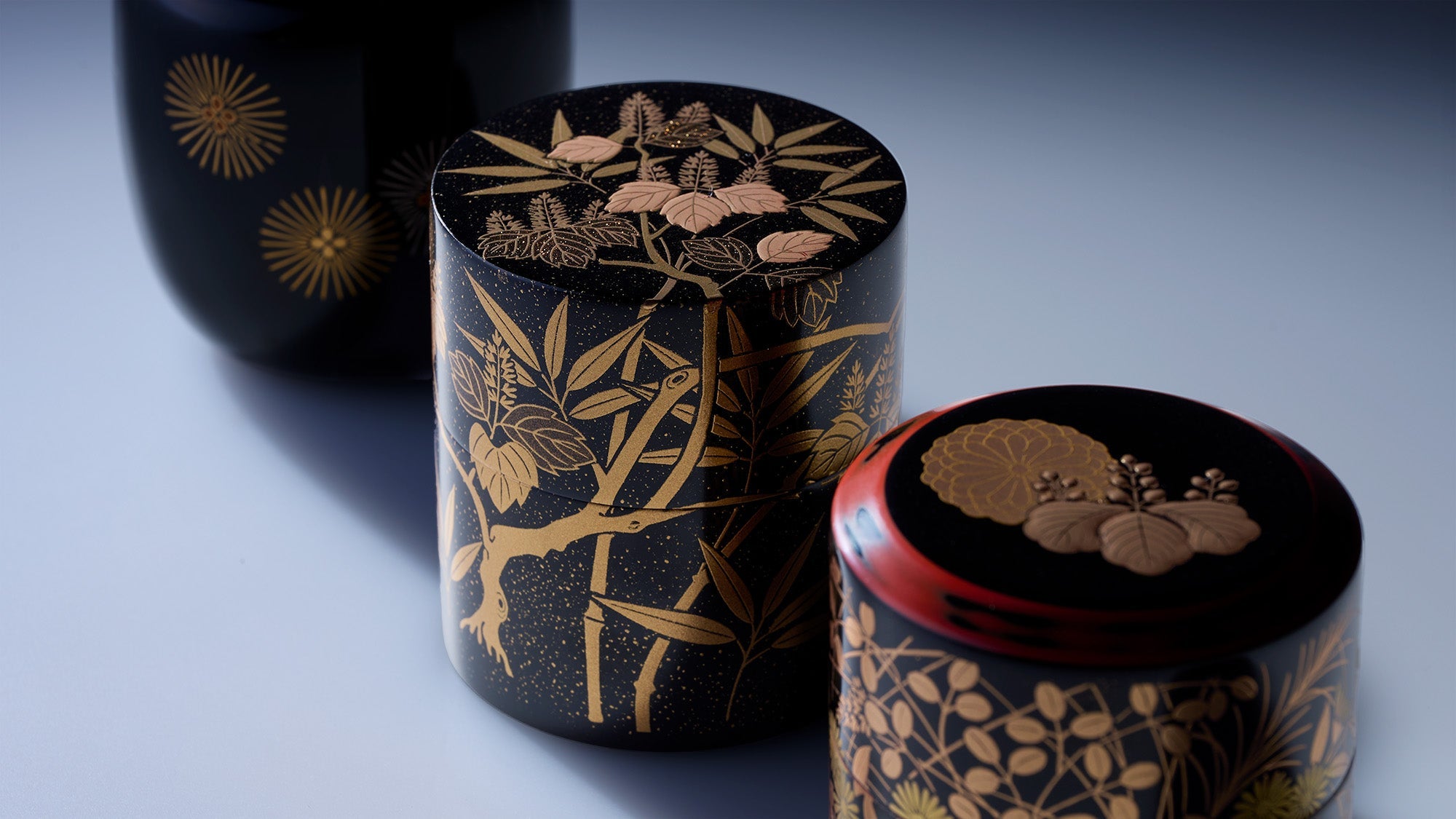Inspiration Board

Beer & Shochu Cups

Bento Boxes

Bowl Sets

Bowls

Boxes

Chakoro Tea Incense Burners

Chawanmushi Bowls

Chopstick Cases

Chopstick Rests

Chopsticks

Chopsticks for Kids

Chopsticks Gift Sets

Chopsticks In Various Lengths

Coasters

Cooking/Serving Chopsticks

Cookware

Copper Pans

Cups & Saucers

Daruma Dolls
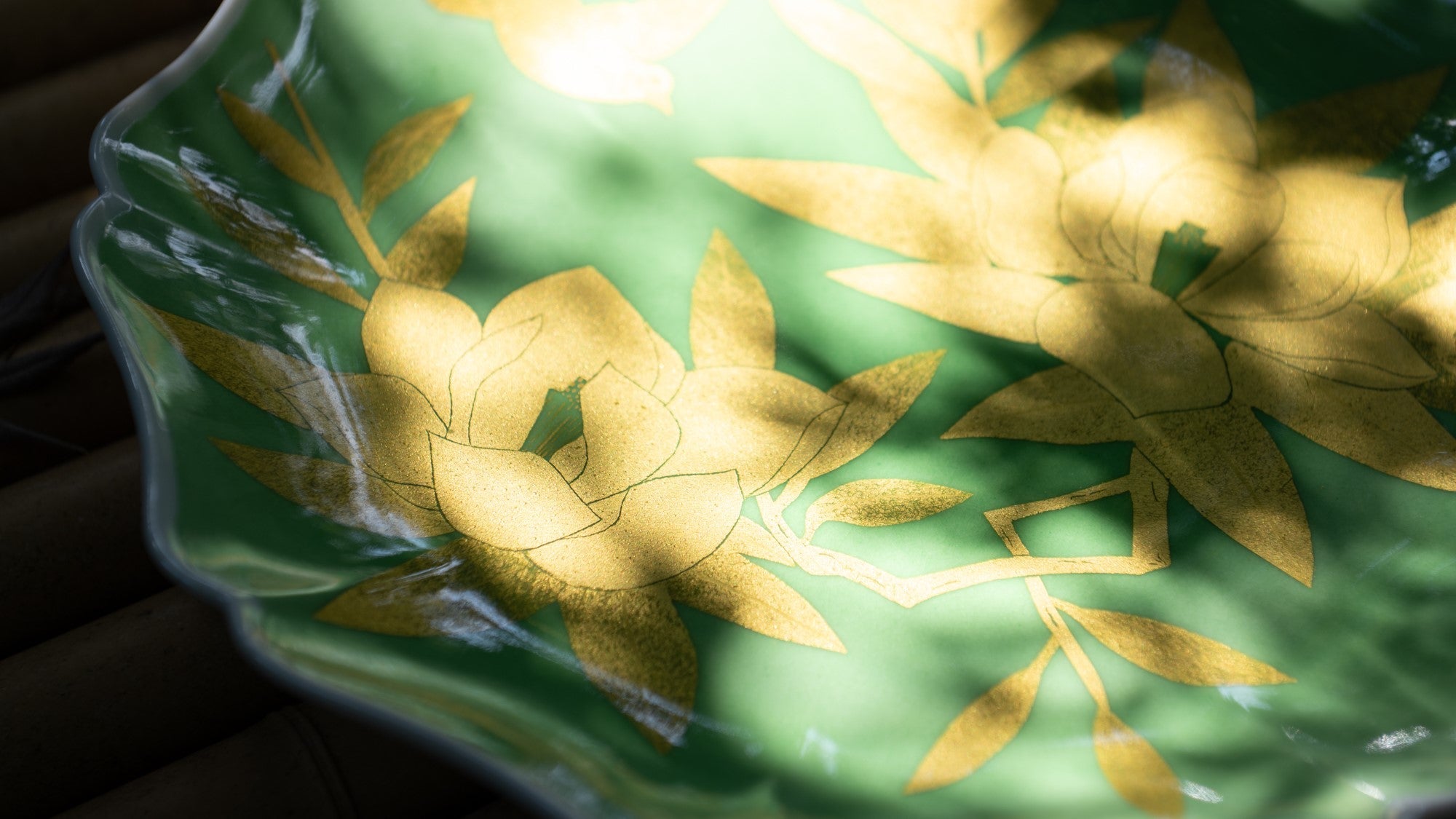
Decorative Plates

Decorative Stands / Bases

Dinner Plates
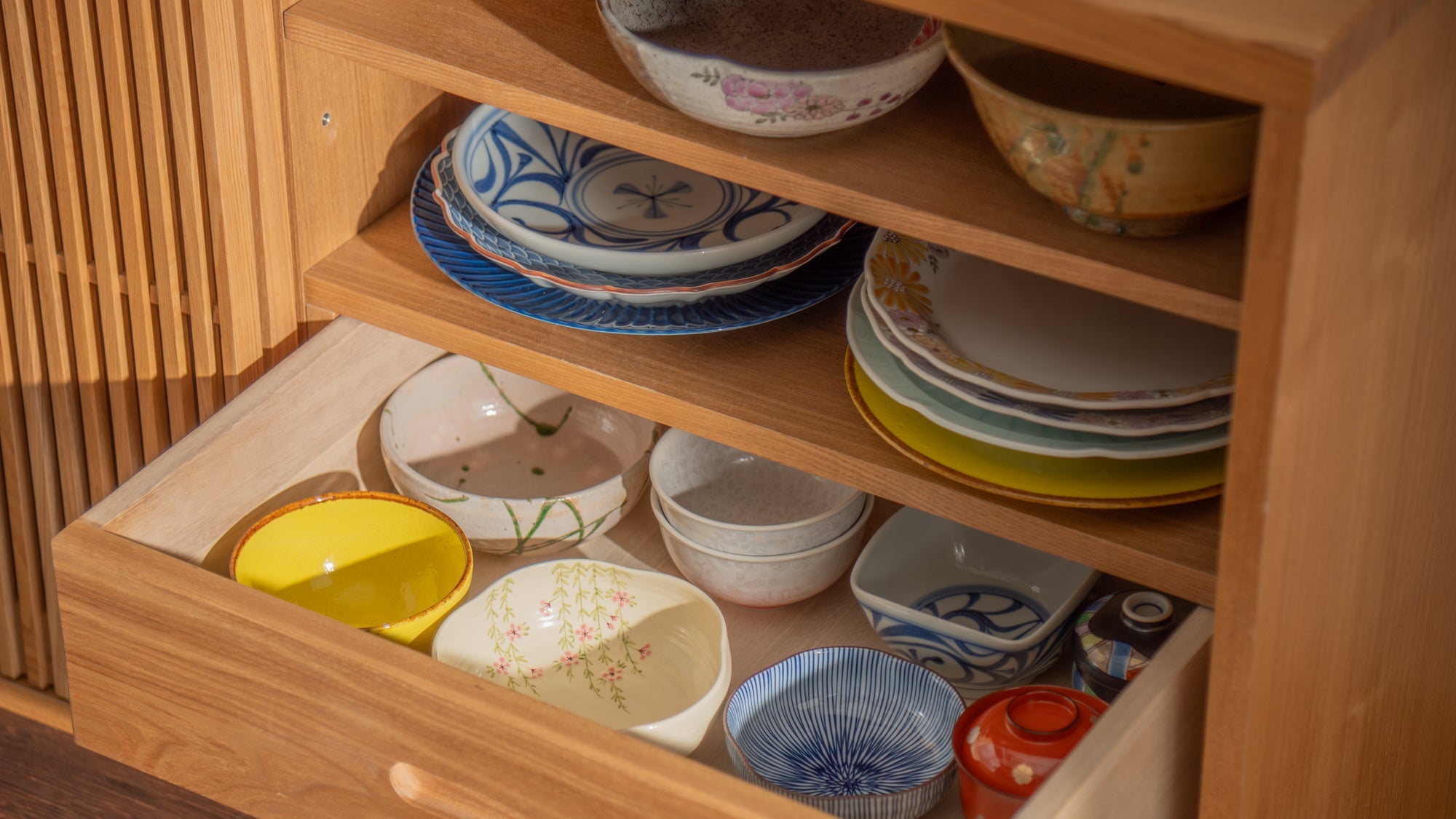
Dinnerware

Dinnerware Sets

Donabe Clay Pots

Donburi Bowls
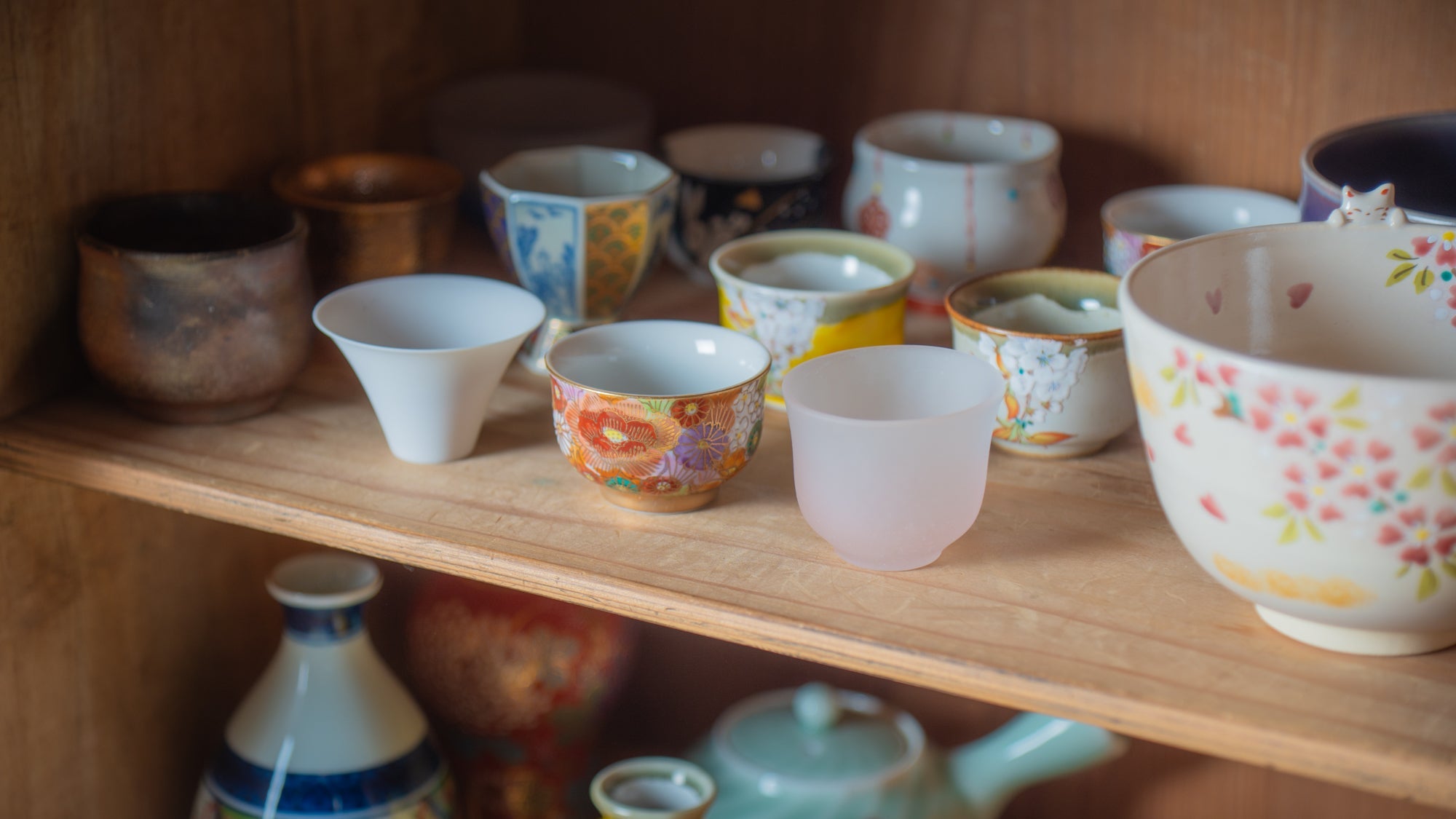
Drinkware

Easy-to-hold Chopsticks

Extra Large Chopsticks

Flatware

Flower Vases

Folding Screens

Food Picks

Furoshiki

Furoshiki Handles
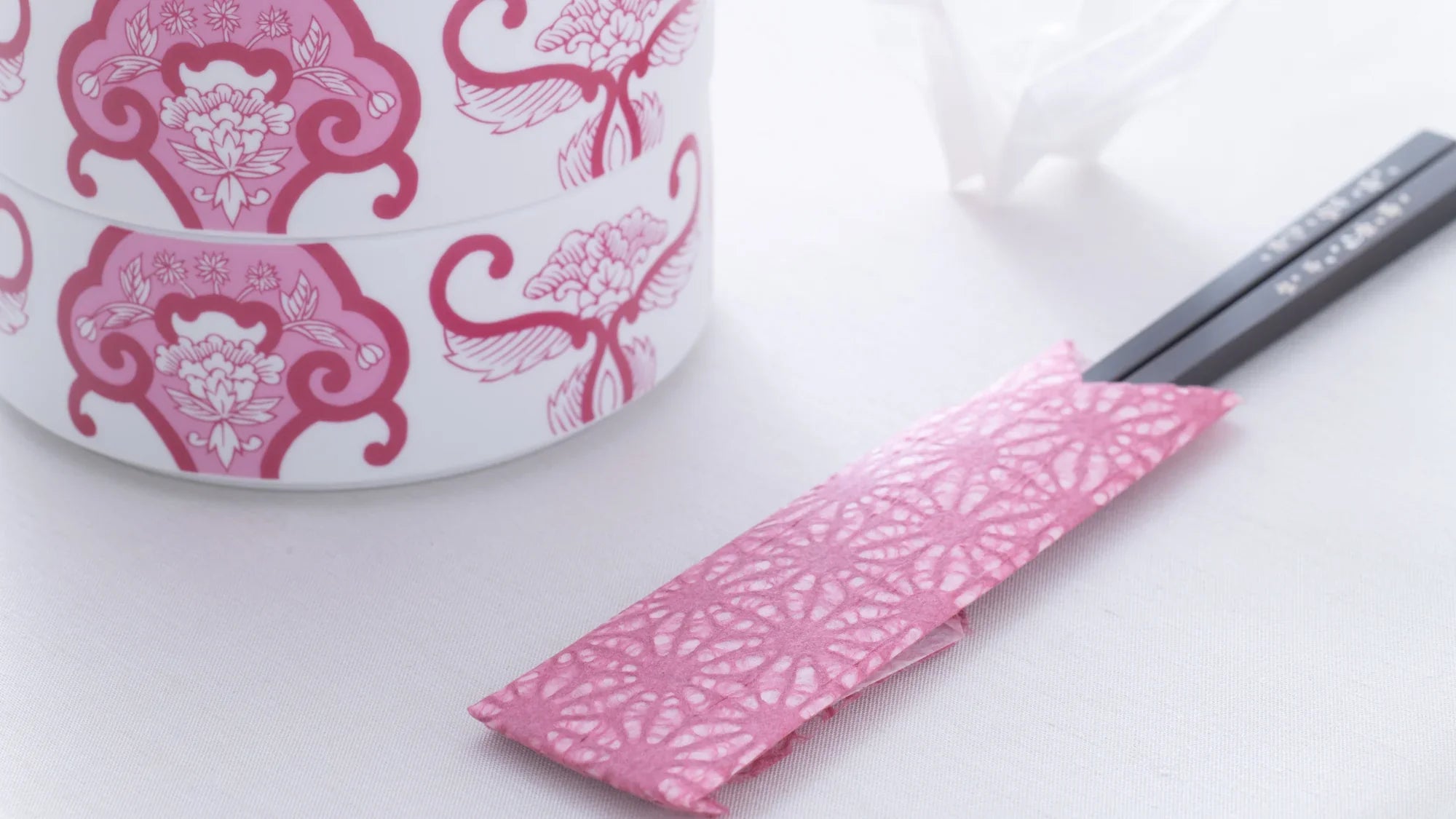
Gift Wrapping Accessories

Graters

Guinomi

Hibino Modern Shokado Bento Boxes

Hina Dolls

Incense & Accessories

Interior
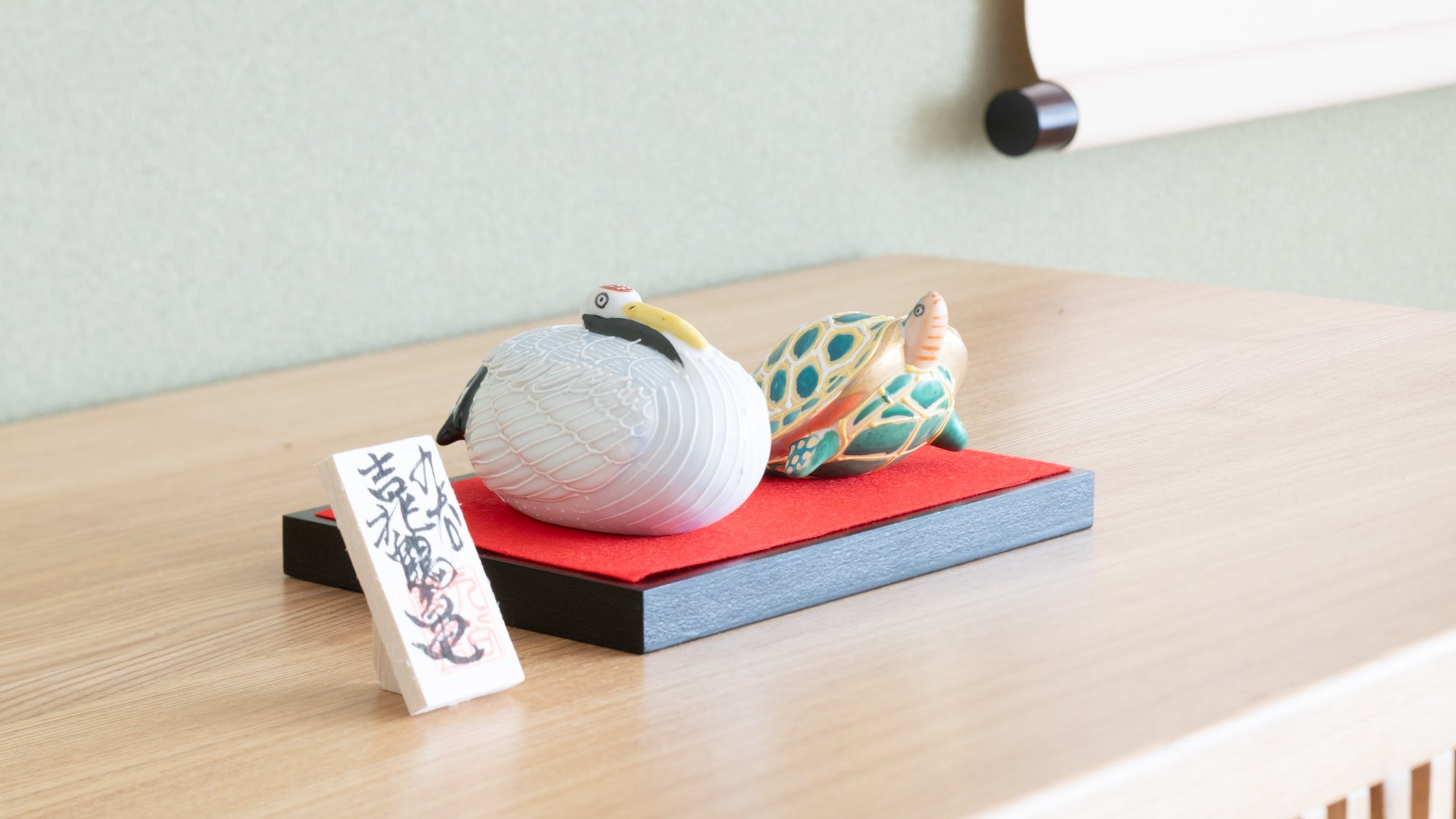
Japanese Dolls & Decor

Japanese Tea Canisters & Chasaji Teaspoons

Japanese Tea Sets

Japanese Tea Waste Containers

Japanese Teacups

Japanese Teapots

Japanese Teaware

Jubako Bento Boxes
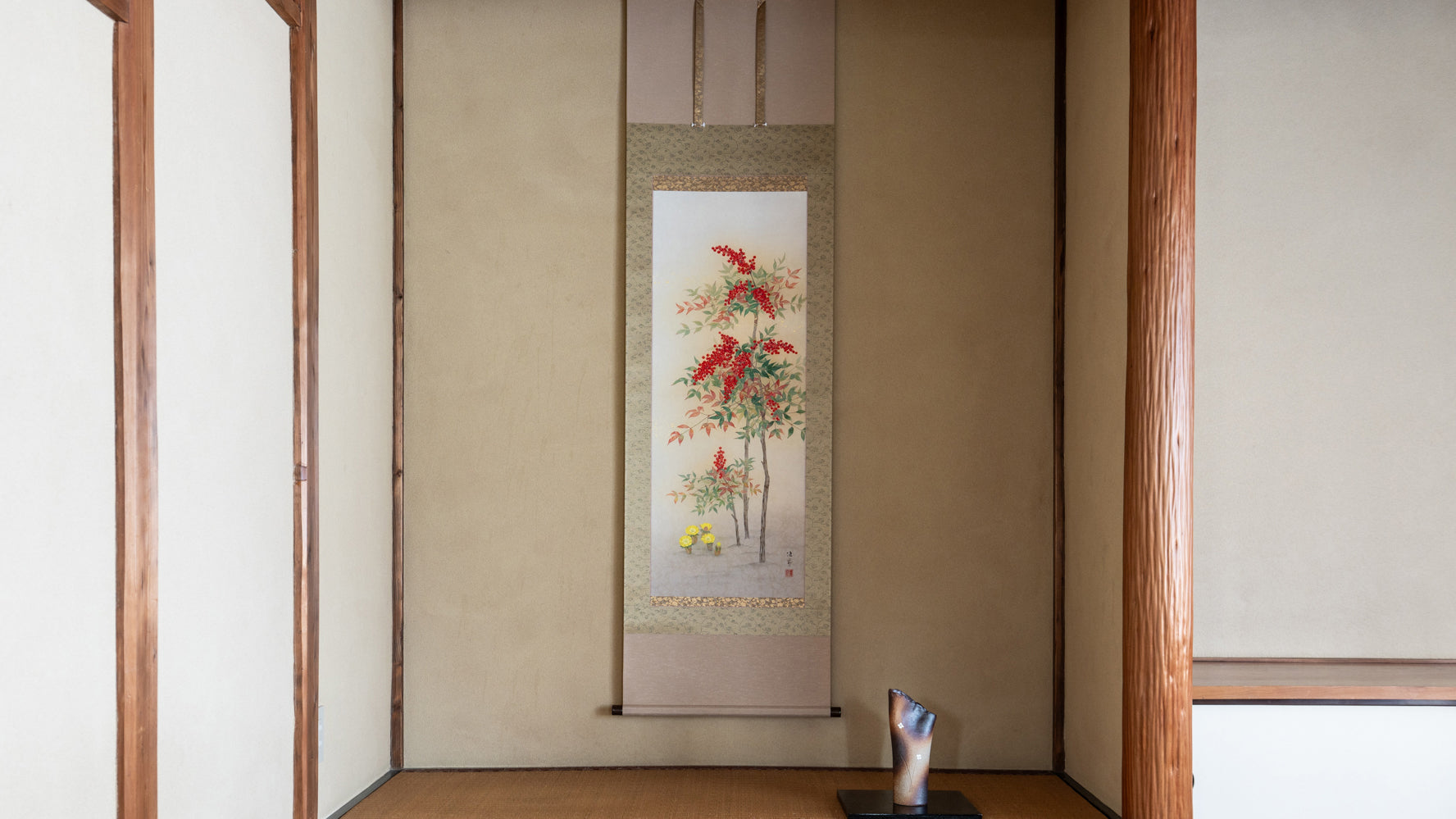
Kakejiku Hanging Scrolls

Kids Tableware

Kitchen Utensil Holders

Kitchen Utensils

Kitchenware

Kobachi Small Bowls

Kokeshi Dolls

Kumidashi Japanese Teacups

Ladles

Large Bowls
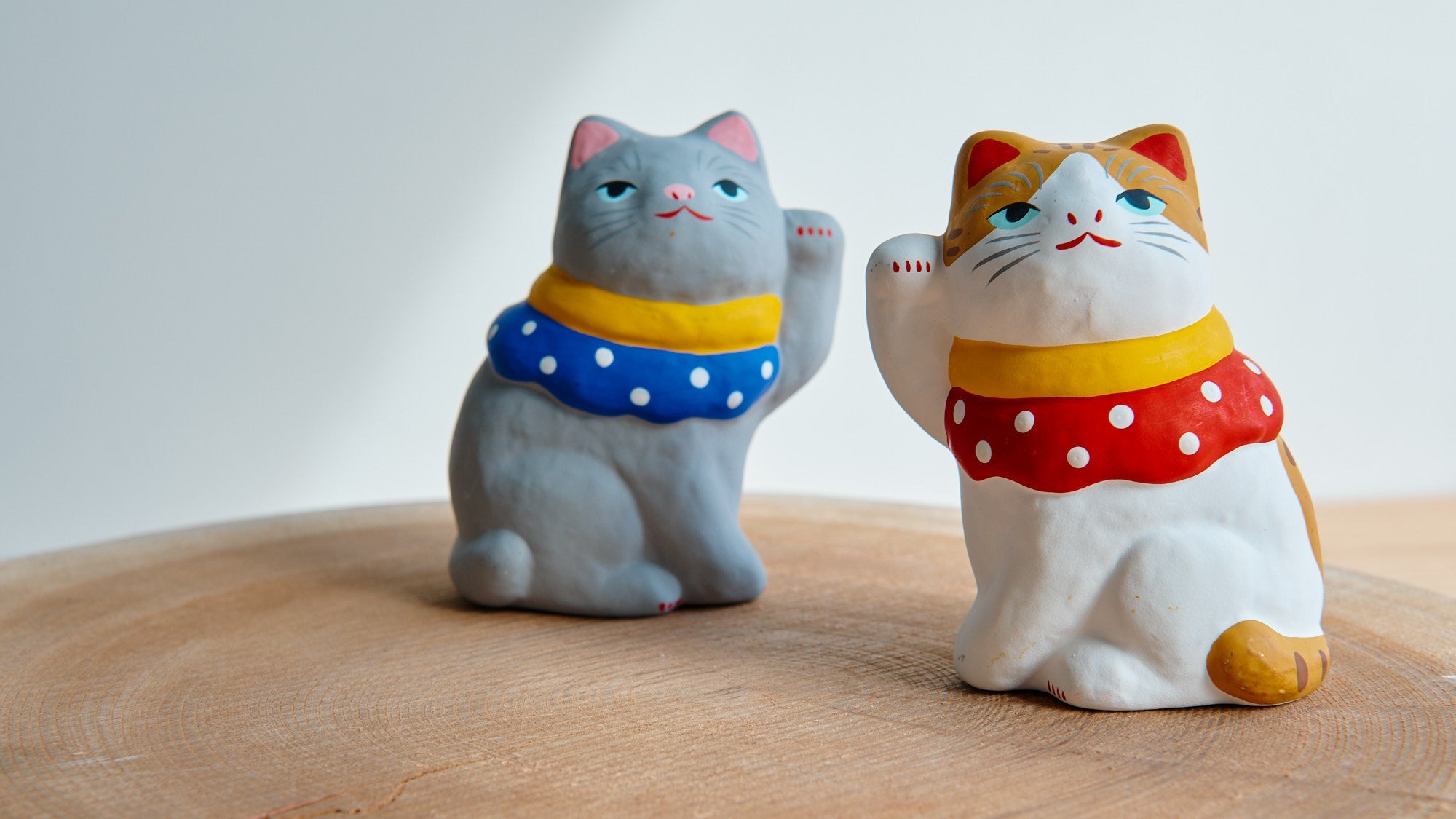
Maneki Neko
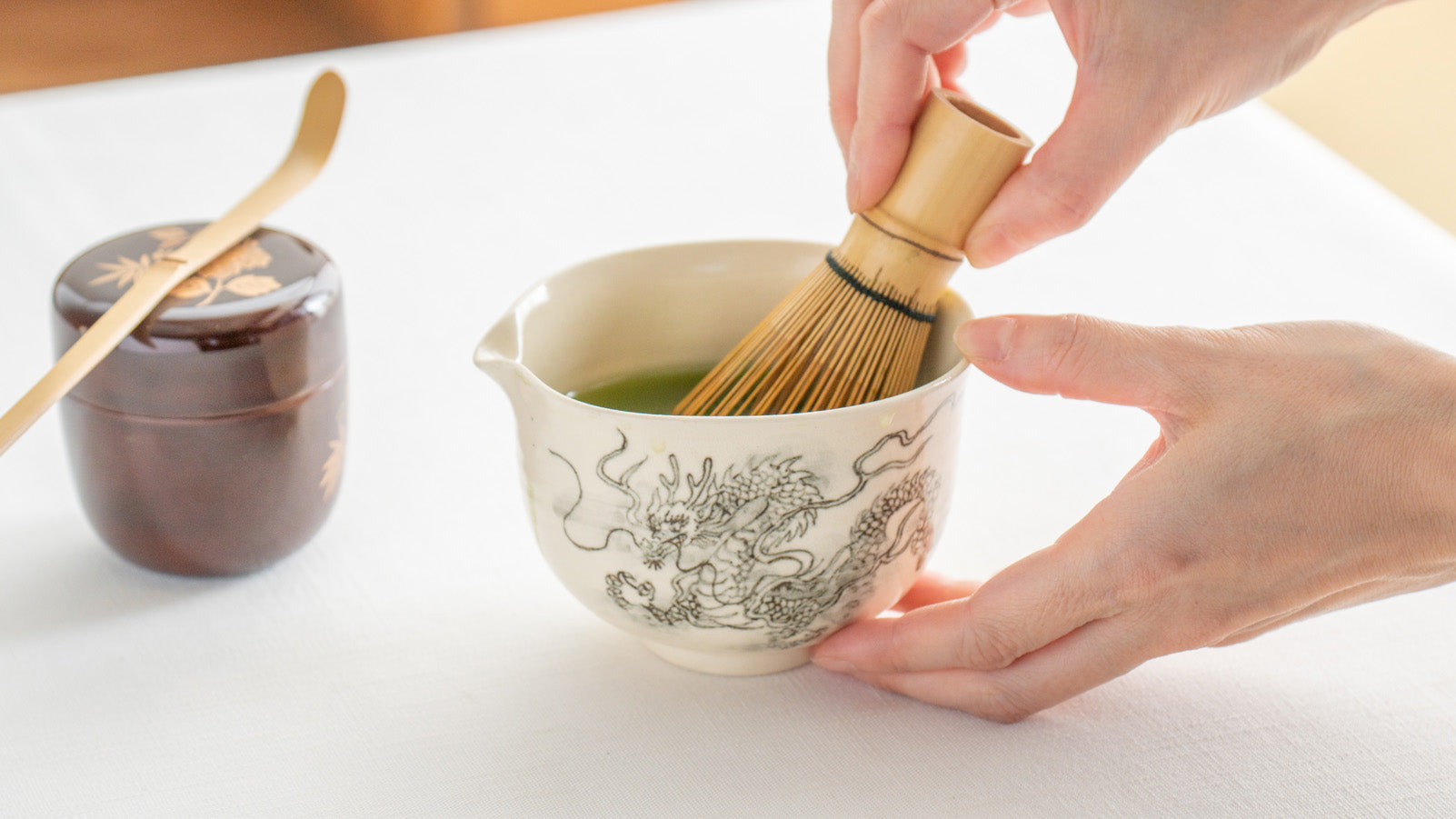
Matcha Bowls
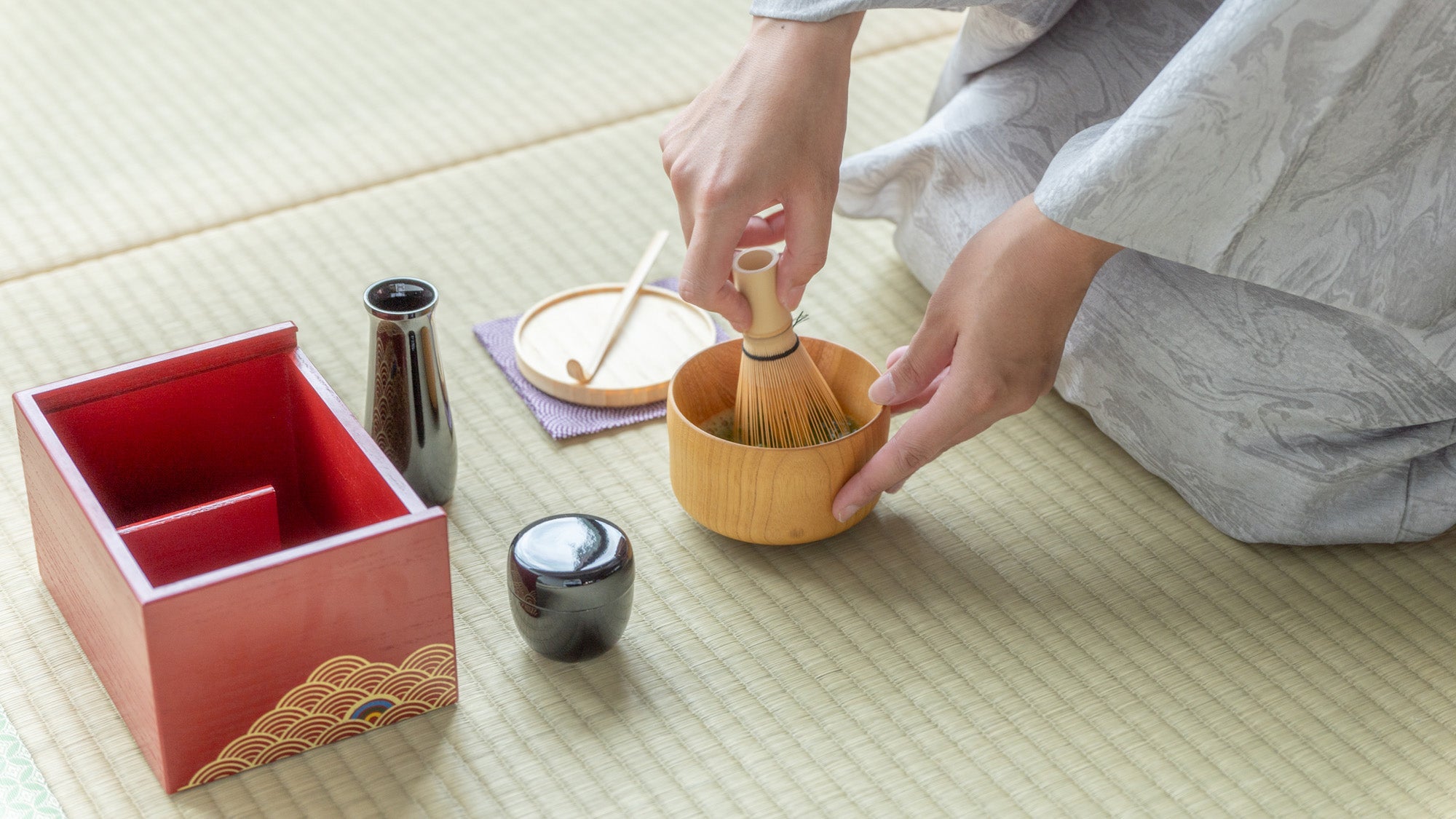
Matcha Sets

Matcha Whisks & Whisk Holders
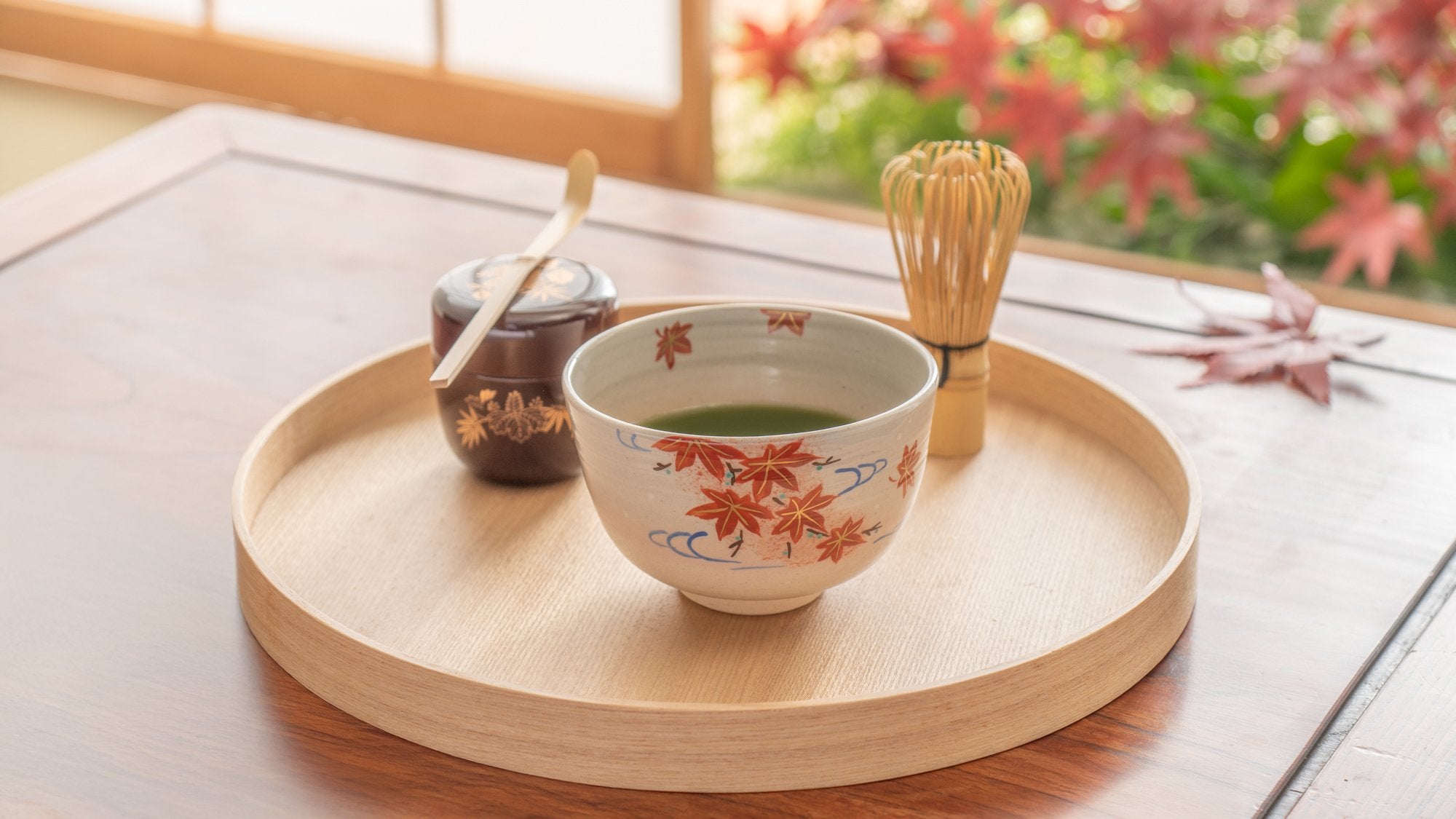
Matchaware

May Festival Dolls

Medium Bowls

Mortars & Pestles

Mugs

Natsume Matcha Containers & Chashaku Tea Scoops
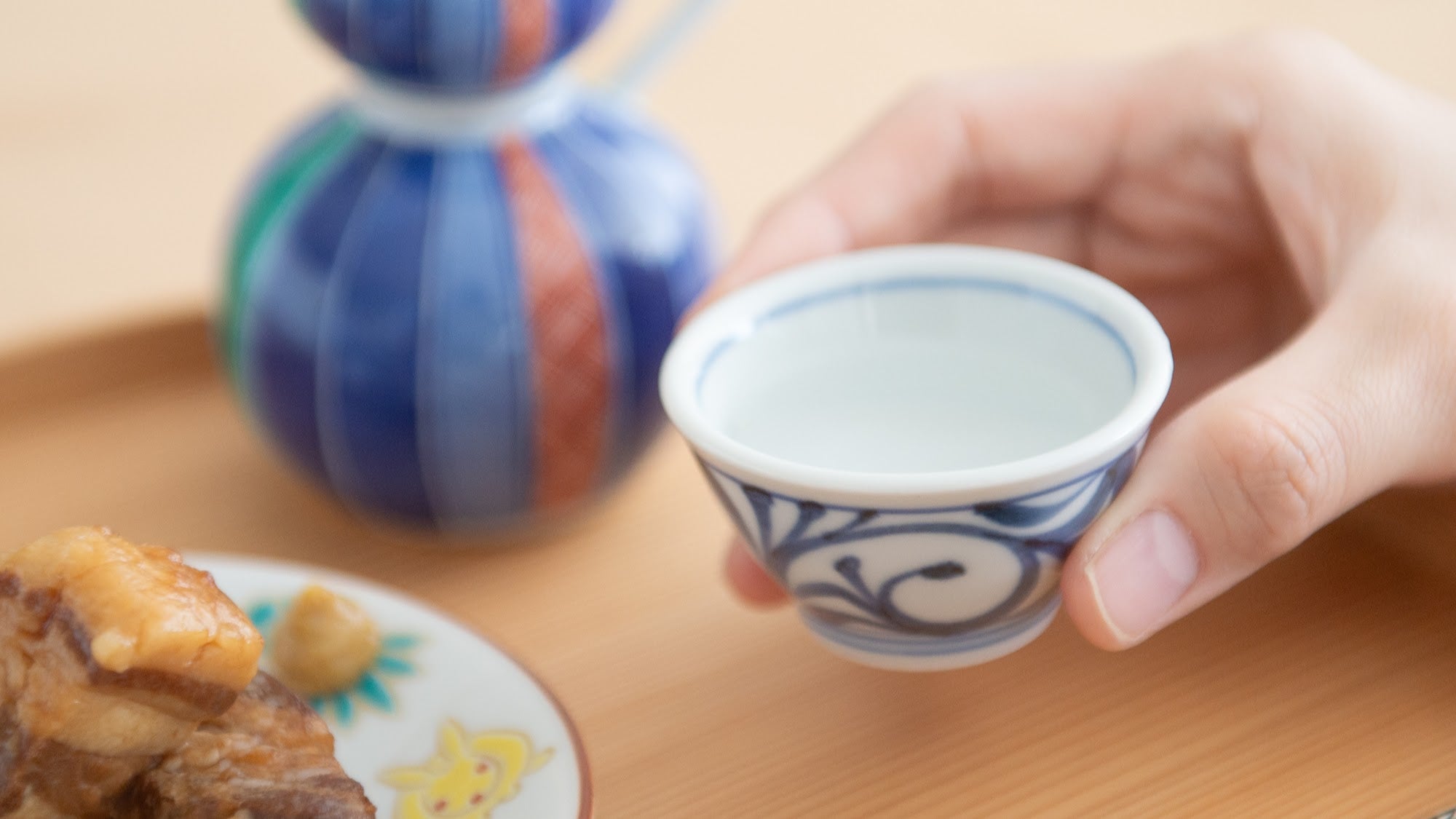
Ochoko

Oryoki Bowl Sets

Oshibori Towel Trays

Owl Figurines
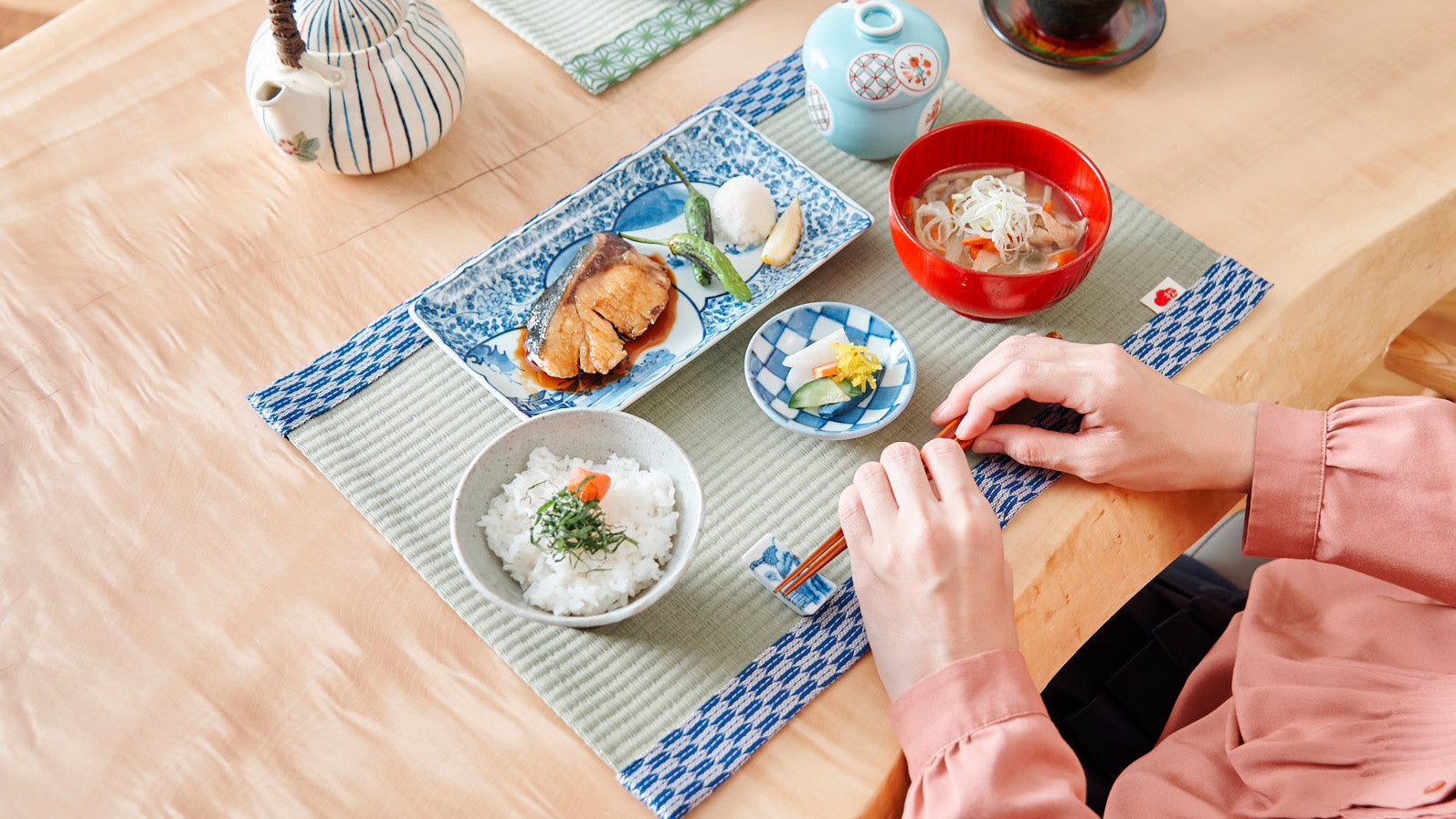
Placemats

Plate Sets

Plates

Platters

Pots & Pans
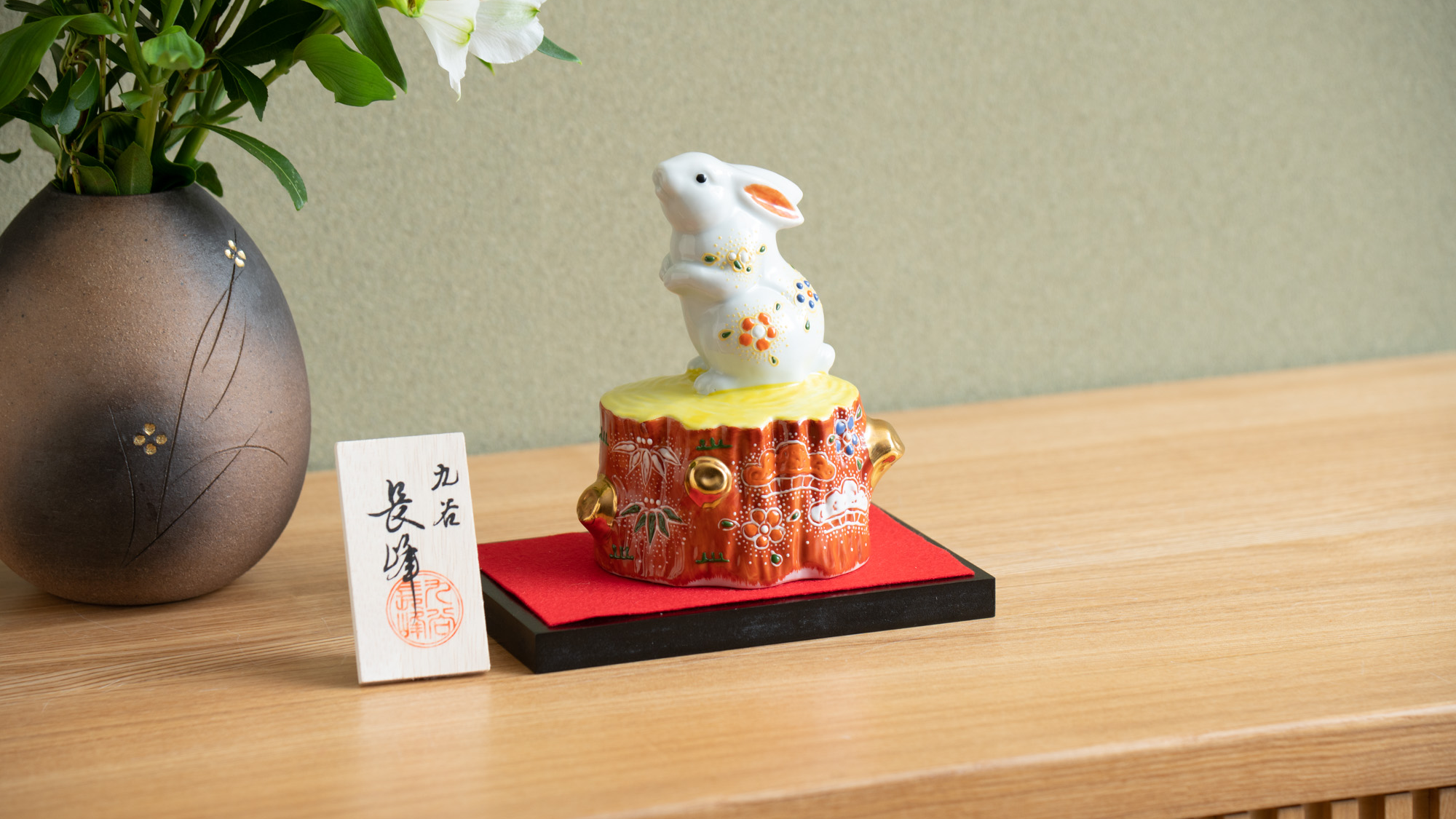
Rabbit Figurines

Ramen Bowls

Ramen Spoons

Rice Bowls

Rice Cookers

Sakazuki

Sake / Barware

Sake Carafes

Sake Cups

Sake Sets

Sake Warmers / Coolers

Samurai Helmets
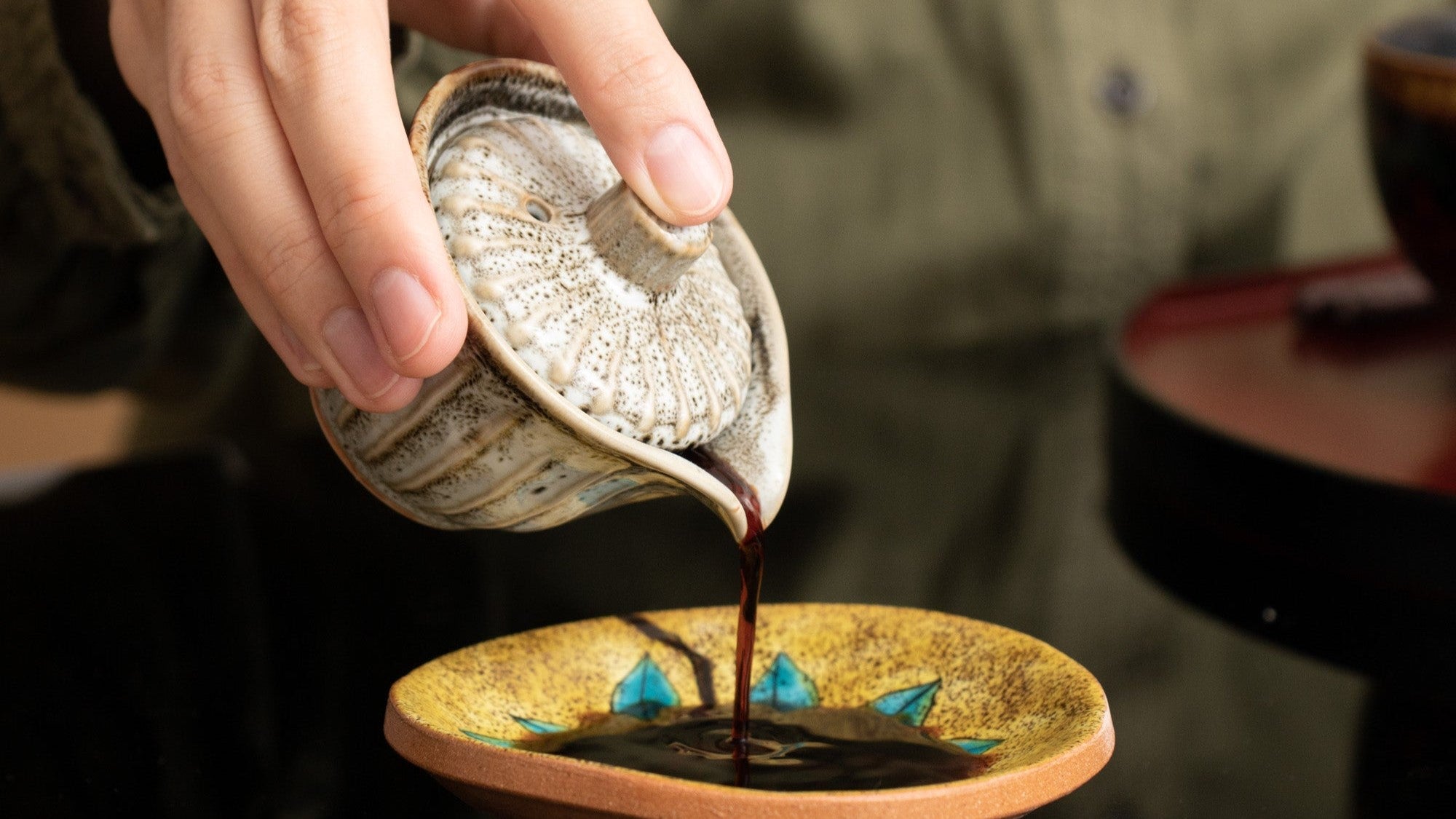
Sauce Containers

Sauce Plates
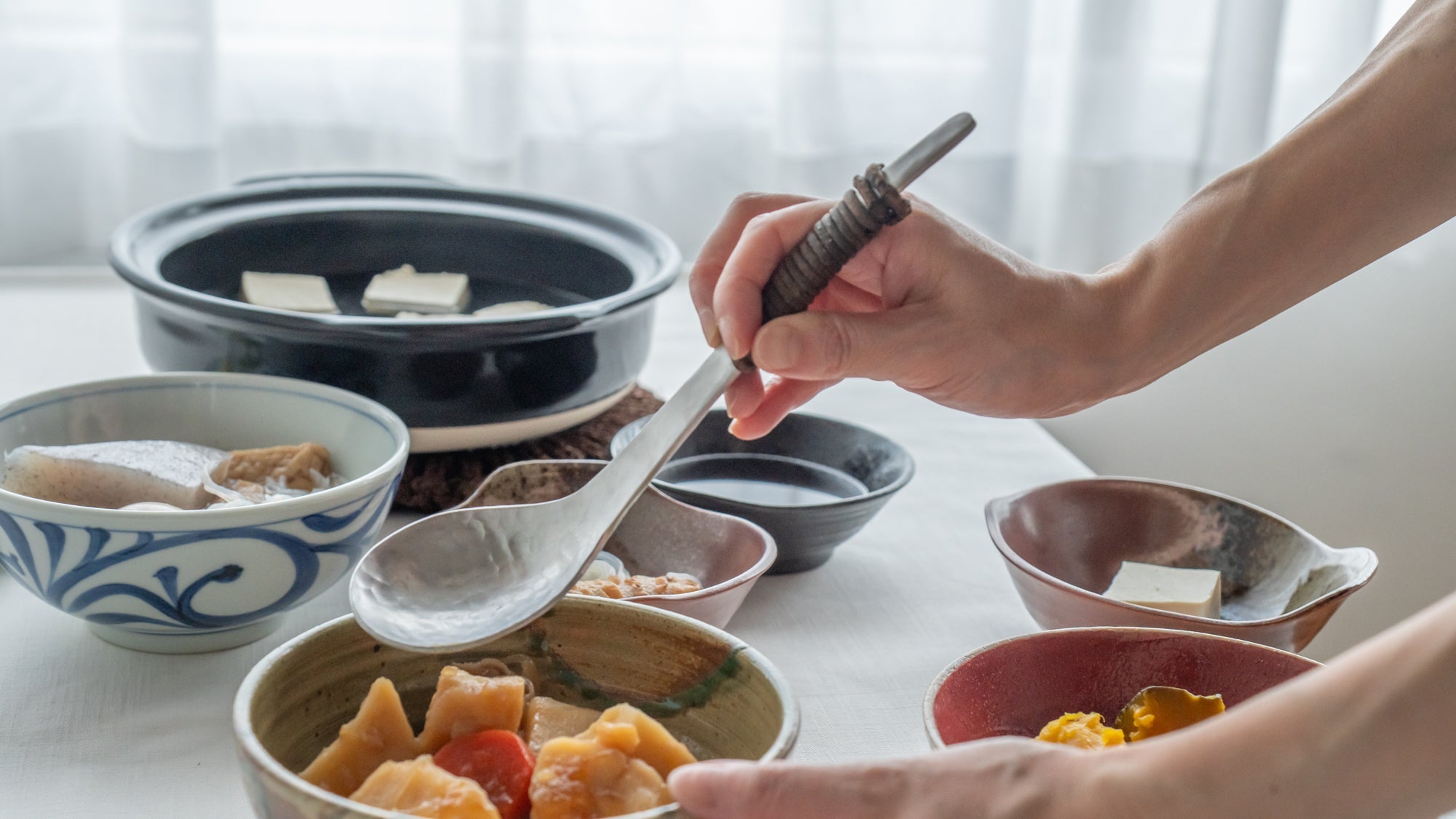
Serveware
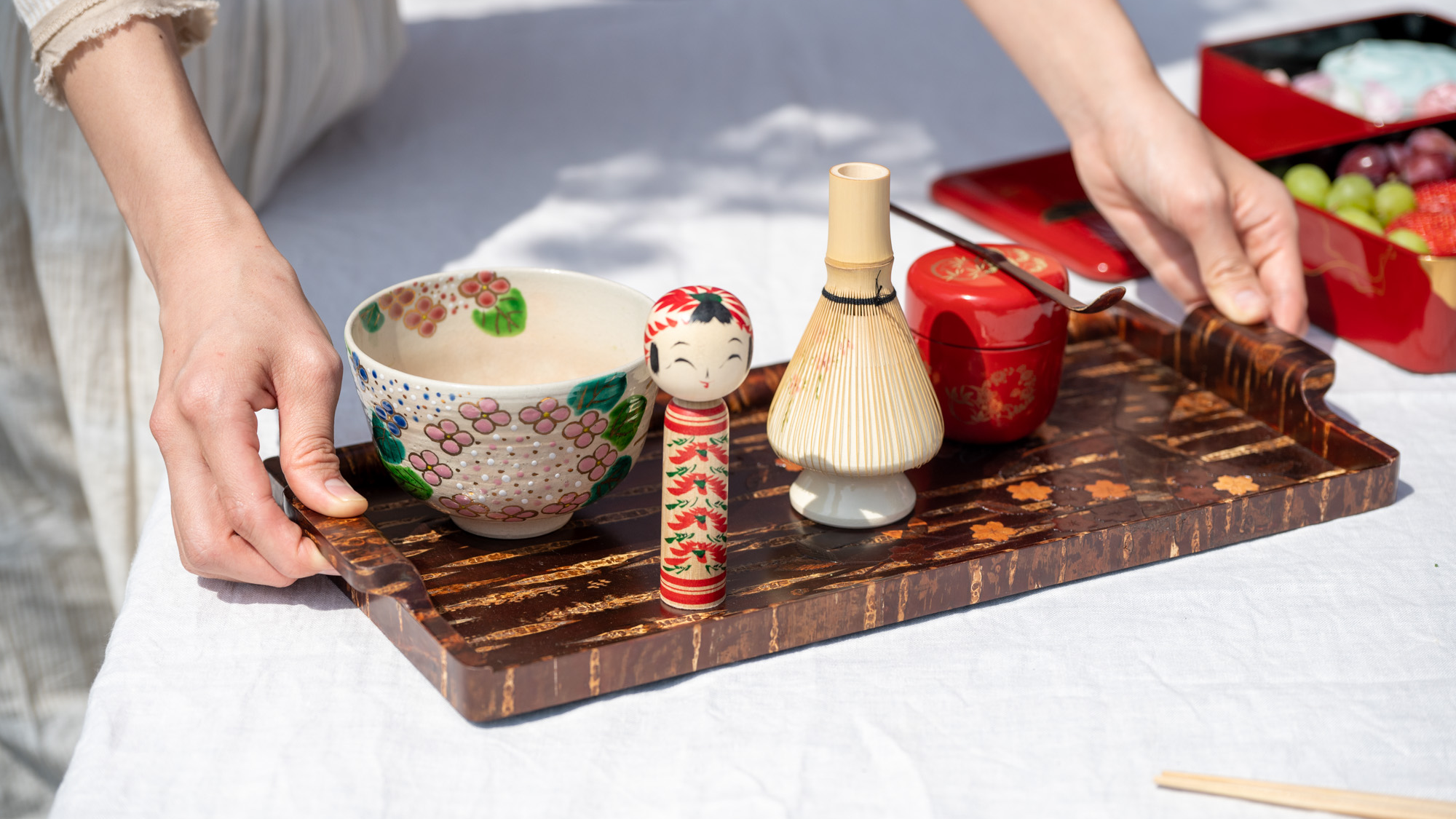
Serving Trays
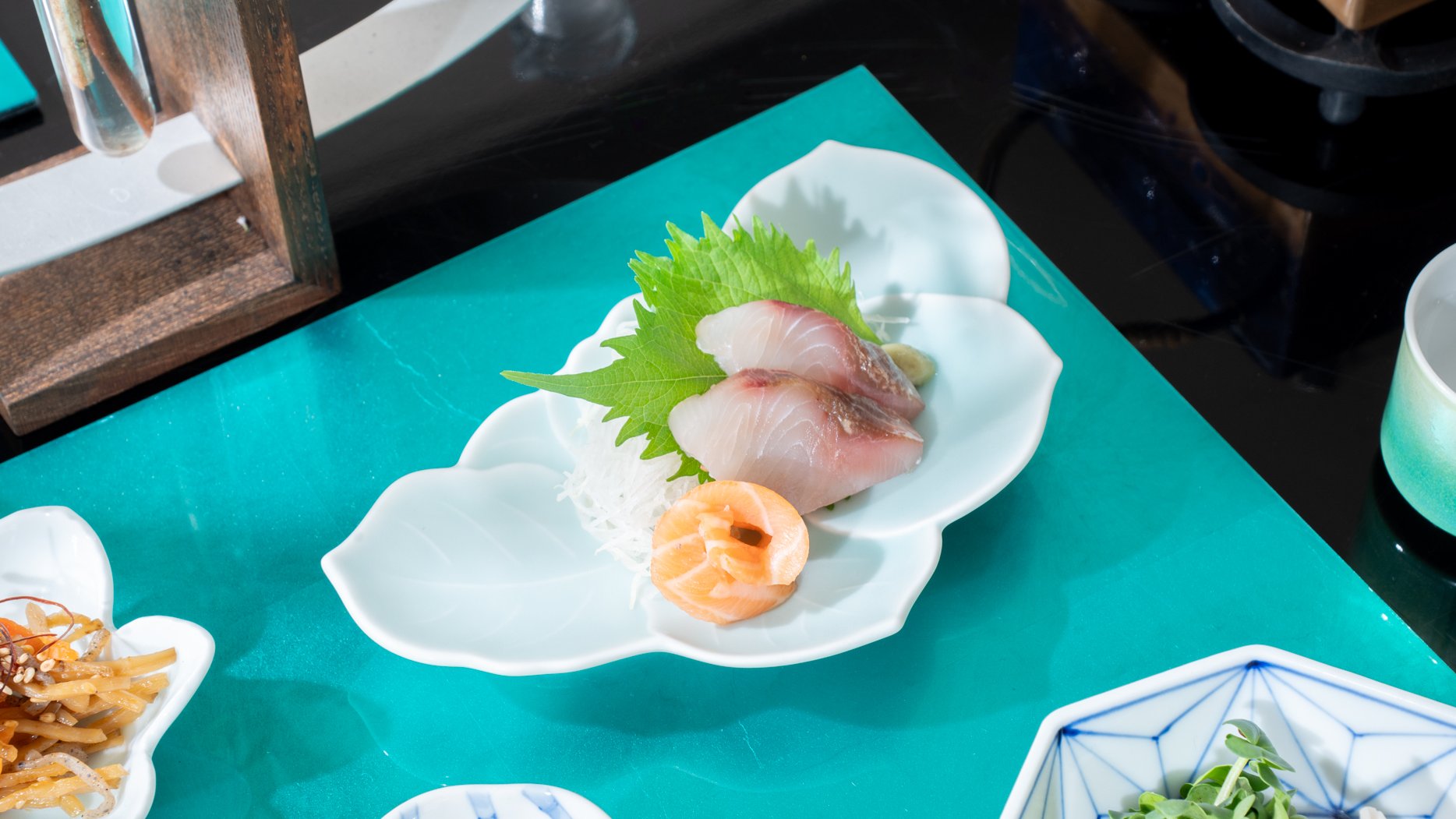
Side Plates

Soba Choko Cups

Soba Trays

Soup Bowls

Soy Sauce Dispensers

Spice Containers

Spoons & Forks

Strainers

Sushi Boats

Sushi Plates

Table Runners

Textiles

Tonsui Bowls

Toothpick Holders

Trays & Placemats

Trivets

Whiskey Glasses

Wind Chimes

Wine Glasses & Cups
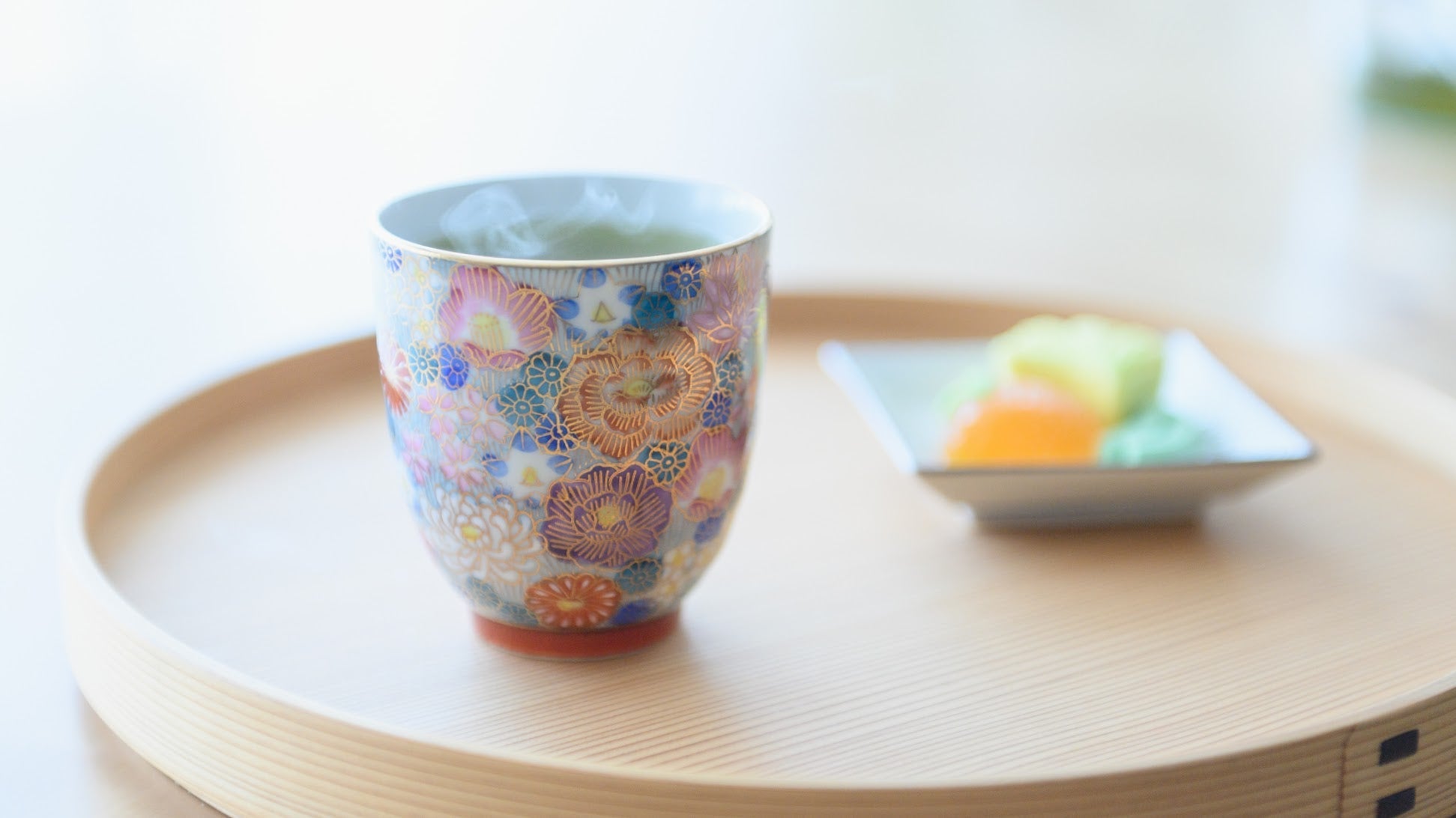
Yunomi Japanese Teacups

Aizu Lacquerware
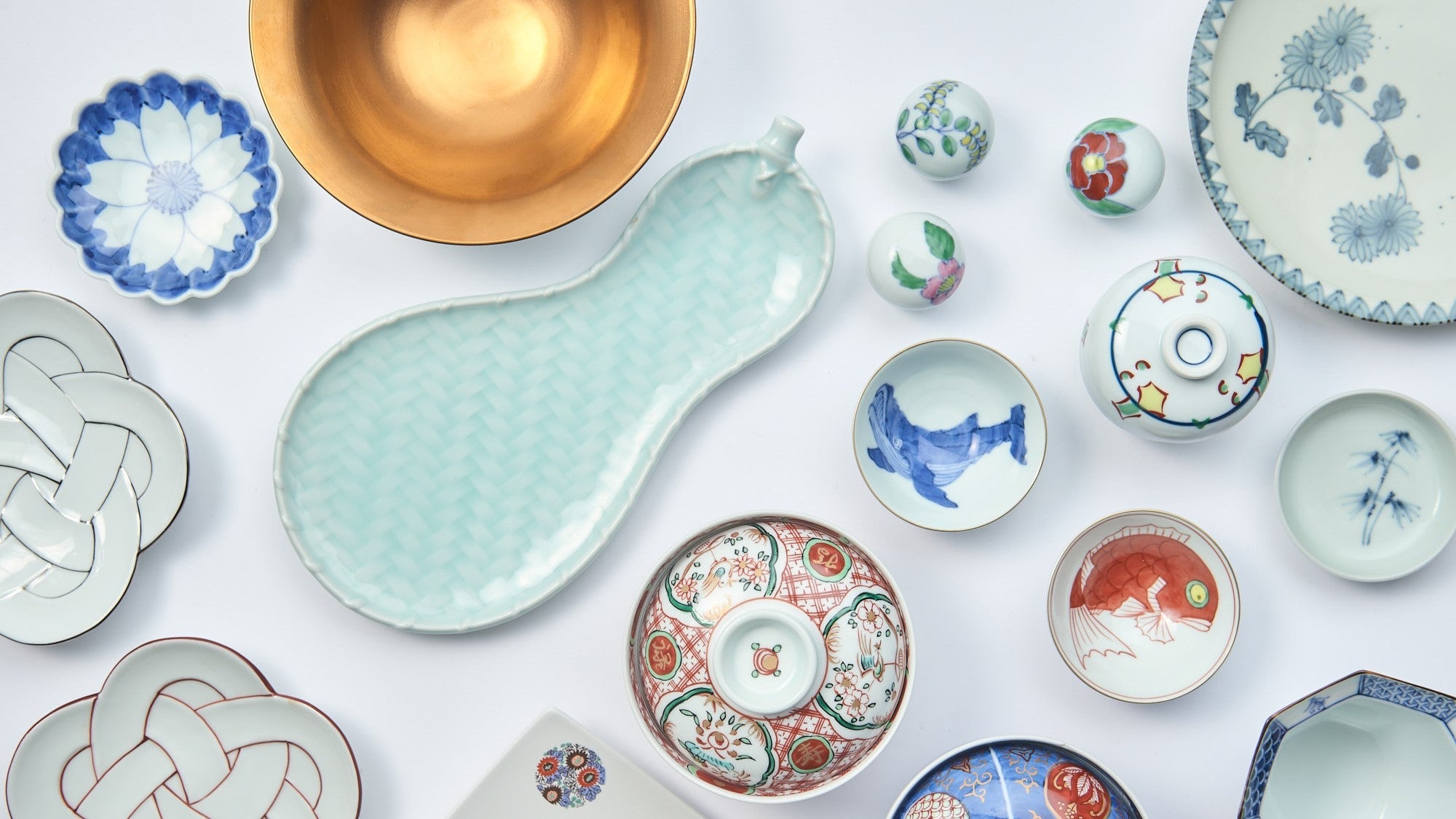
Arita Ware

Beppu Bamboo Craft

Bizen Ware

Echizen Lacquerware

Edo Kimekomi Dolls
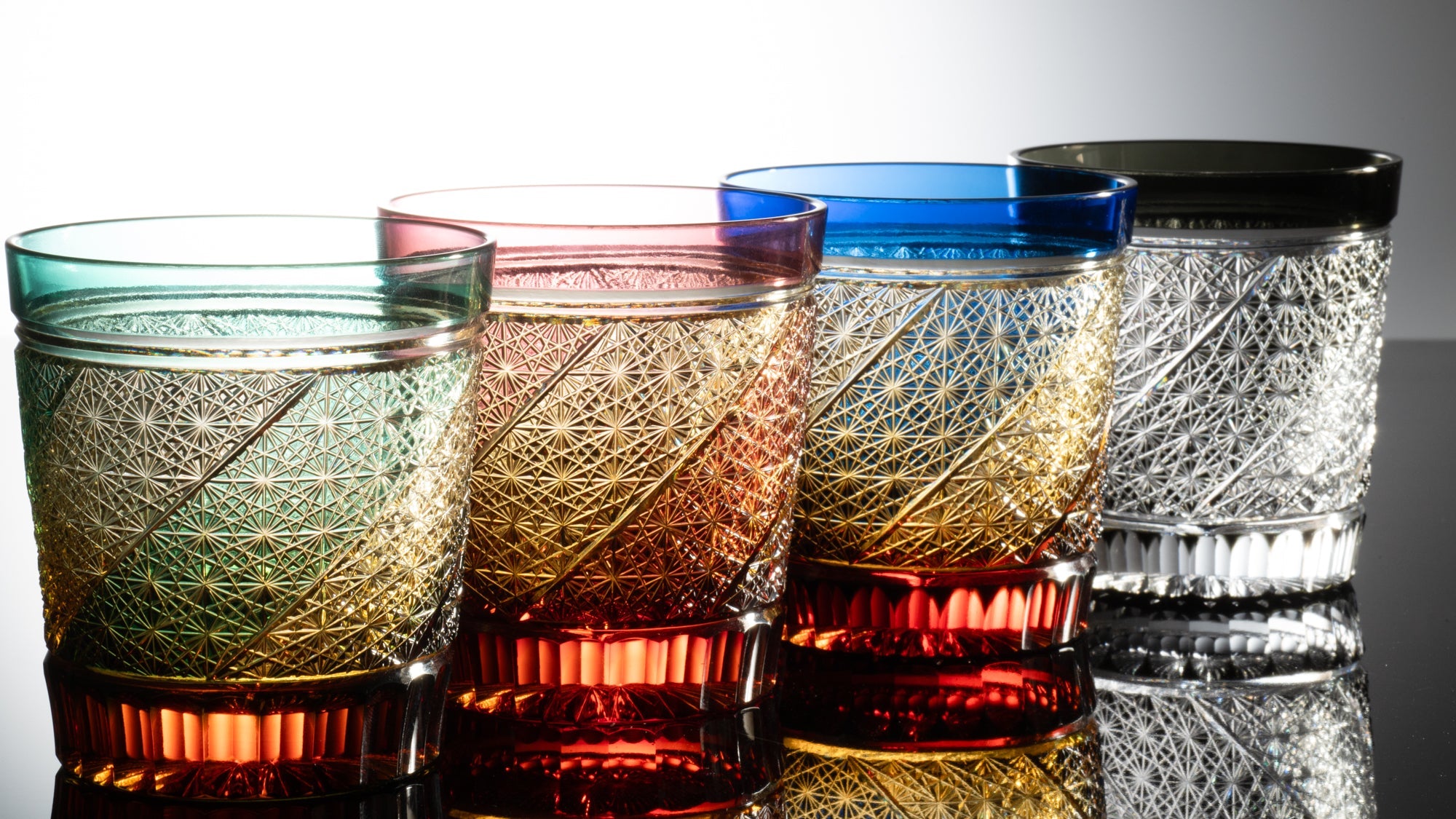
Edo Kiriko & Edo Glass

Hagi Ware

Hasami Ware

Hizen Yoshida Ware

Iga Ware

Imari Nabeshima Ware

Kabazaiku Cherry Bark Work

Kaga Mizuhiki

Kagawa Lacquerware

Kanazawa Gold Leaf

Kishu Lacquerware

Kutani Ware

Kyo Ware & Kiyomizu Ware

Mikawachi Ware

Mino Ware

Nambu Ironware

Naruko Kokeshi Dolls

Nishijin Ori Brocade

Odate Magewappa

Seto Ware

Shigaraki Ware

Shuro Palm Craft

Suruga Bamboo Basketry

Takaoka Copperware

Tatami Crafts

Tobe Ware

Tokoname Ware

Tosa Washi Paper

Tsubame-Sanjo Metalwork

Tsugaru Vidro

Wajima Lacquerware
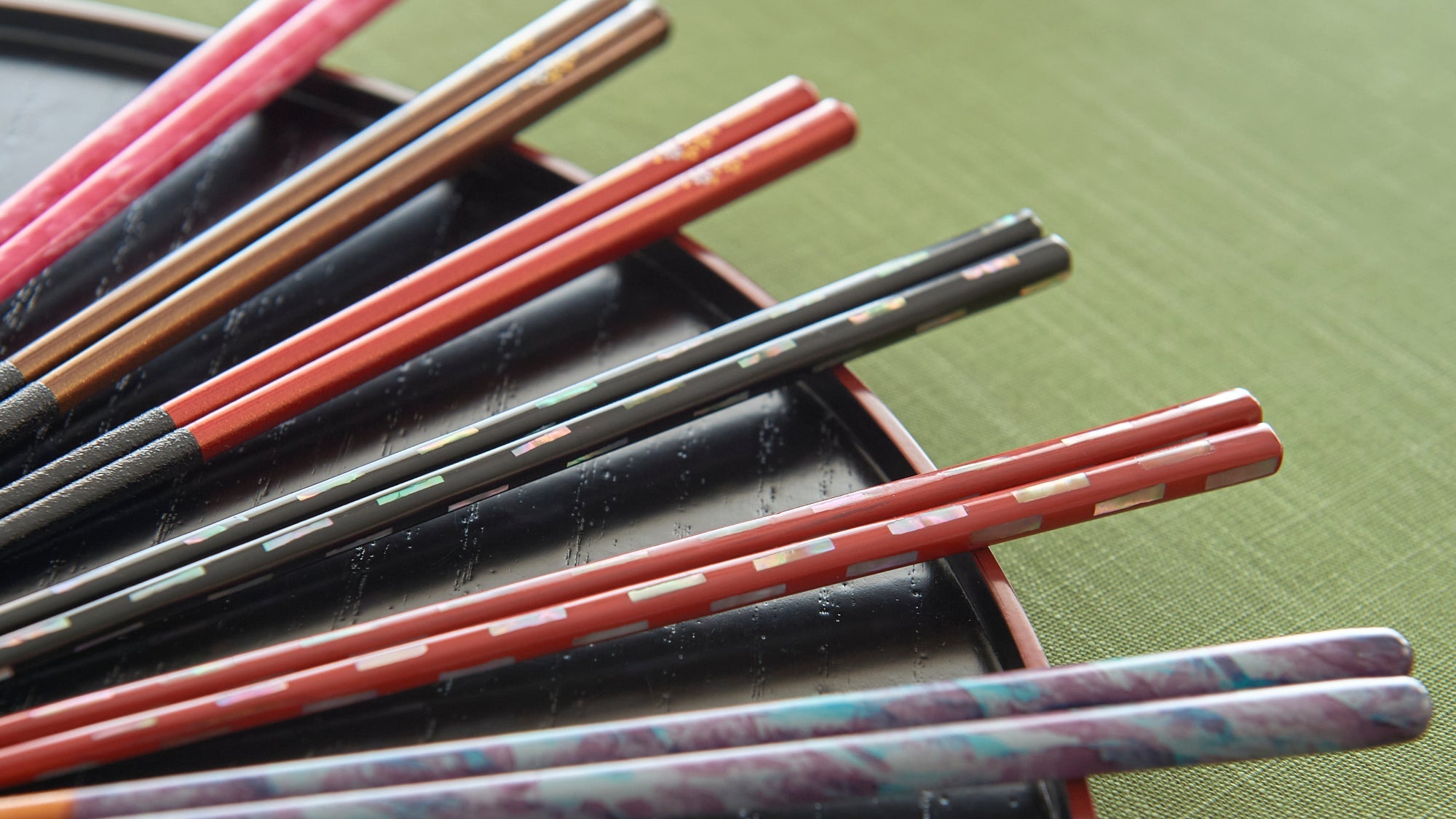
Wakasa Lacquerware

Yamanaka Lacquerware

Yokkaichi Banko ware

Aizen Kiln

ALART
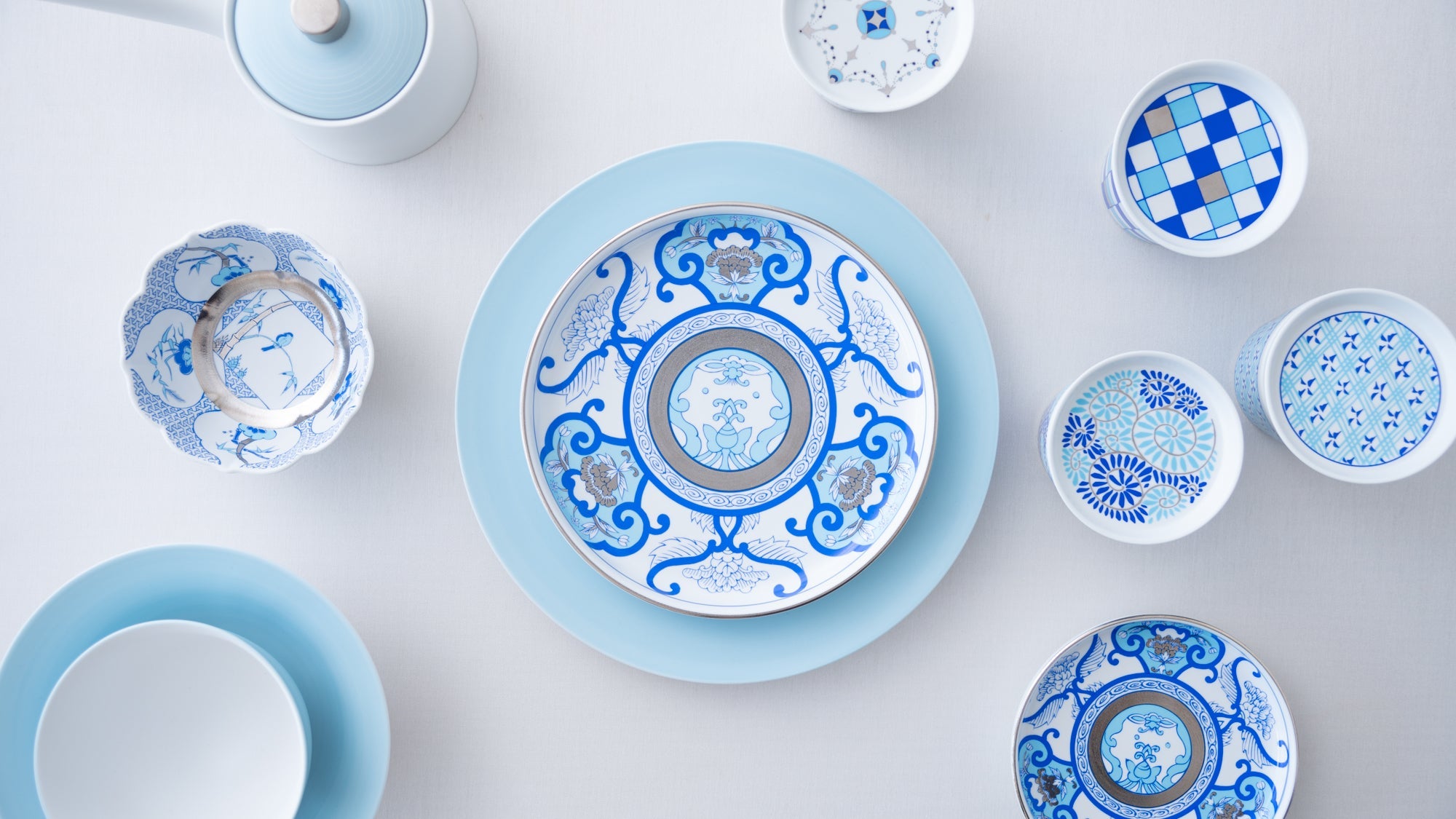
Arita Porcelain Lab

Atelier Yu

Baizan Kiln

BIRDY. Towel

Biseki Kiln

Bizan Kiln

Chinshu Kiln

Choemon Kiln

Choho Kiln
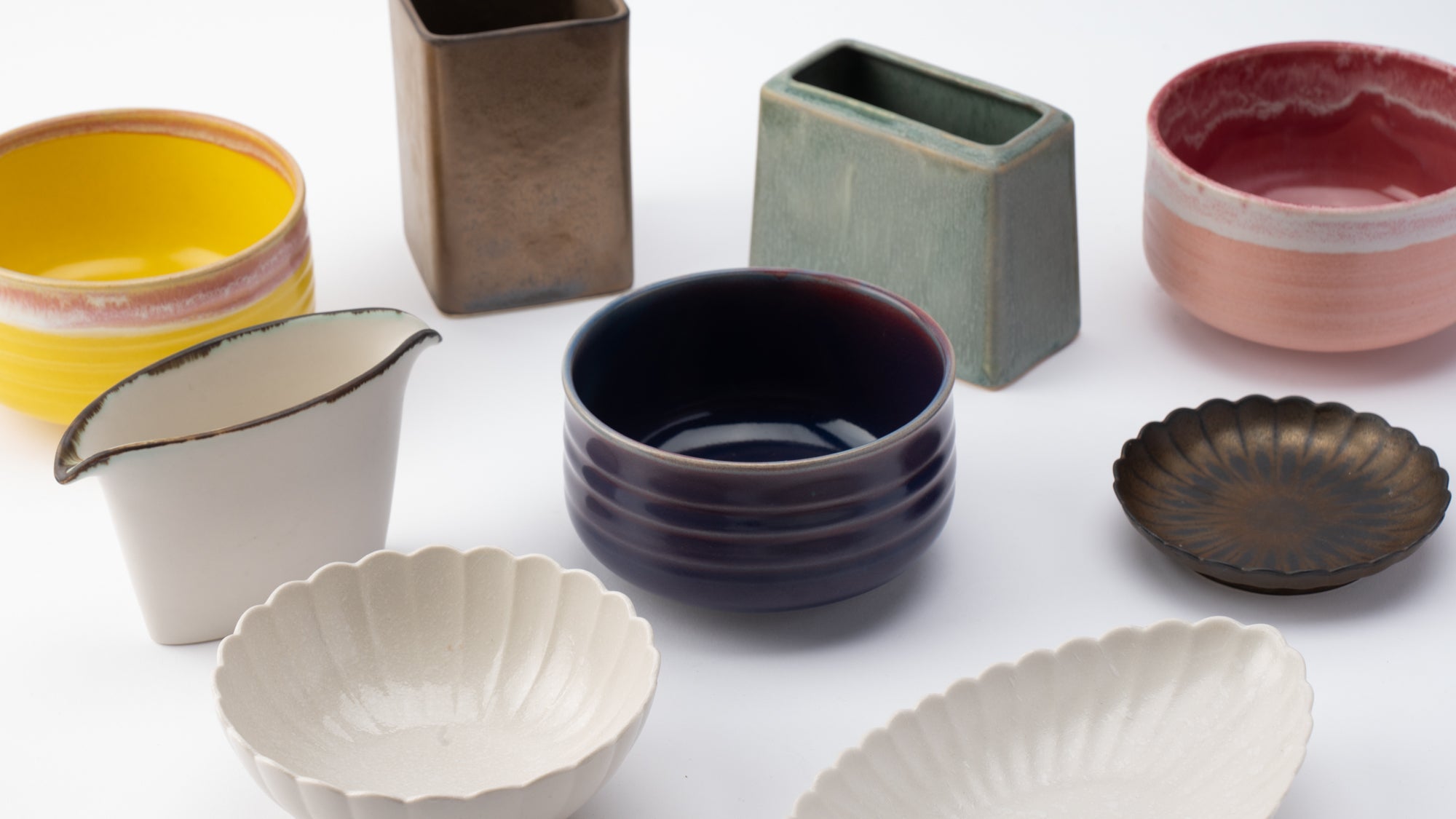
Chojuro Kiln

deidei
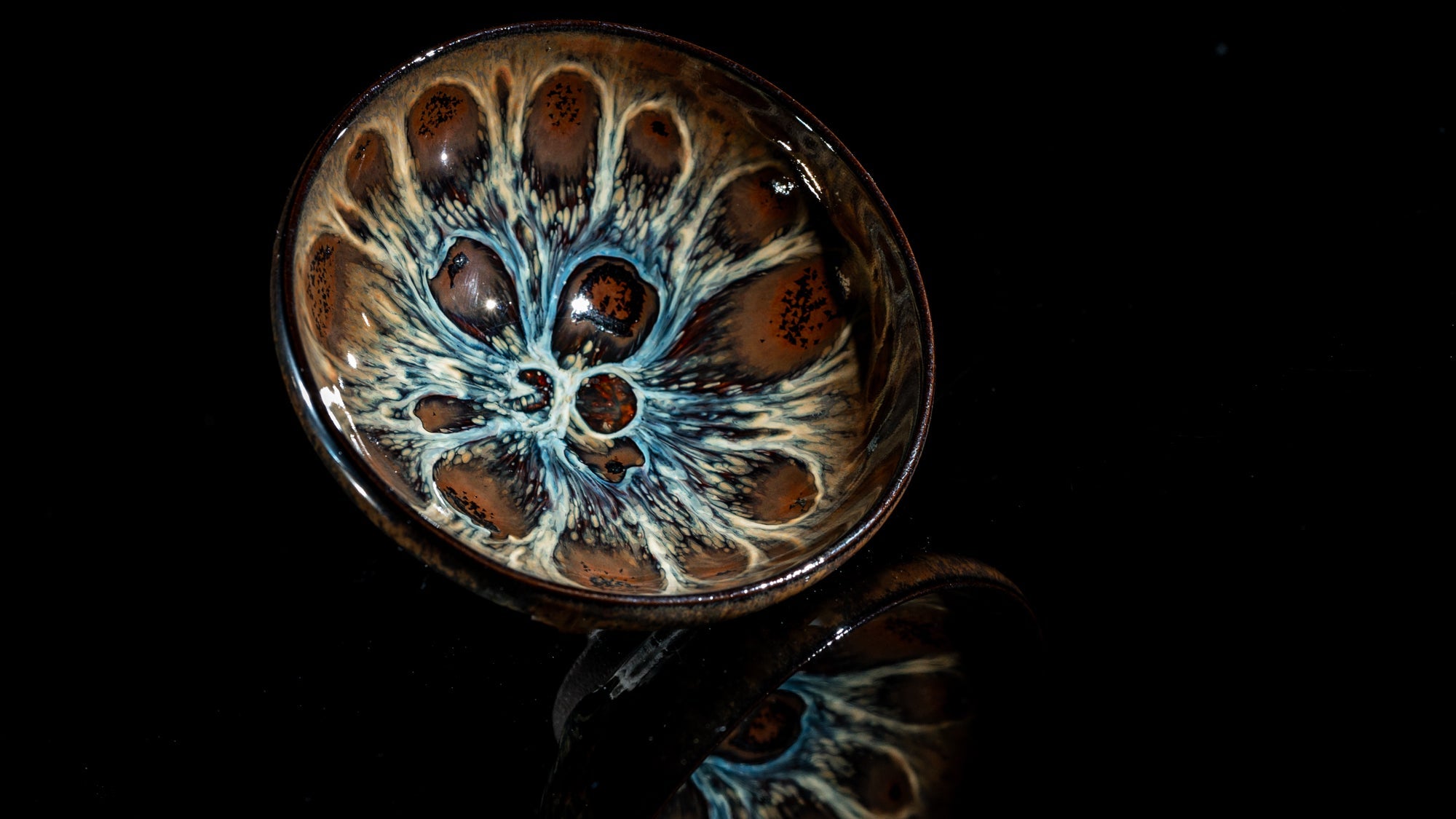
Dobuchi Yoshiaki

FUJIMASA

Fukuhou Kiln

Fukunishi Sobe Shoten

Fukushima Kazuhiro

Fukushima Reiko

GATOMIKIO

Gingado

GINPO
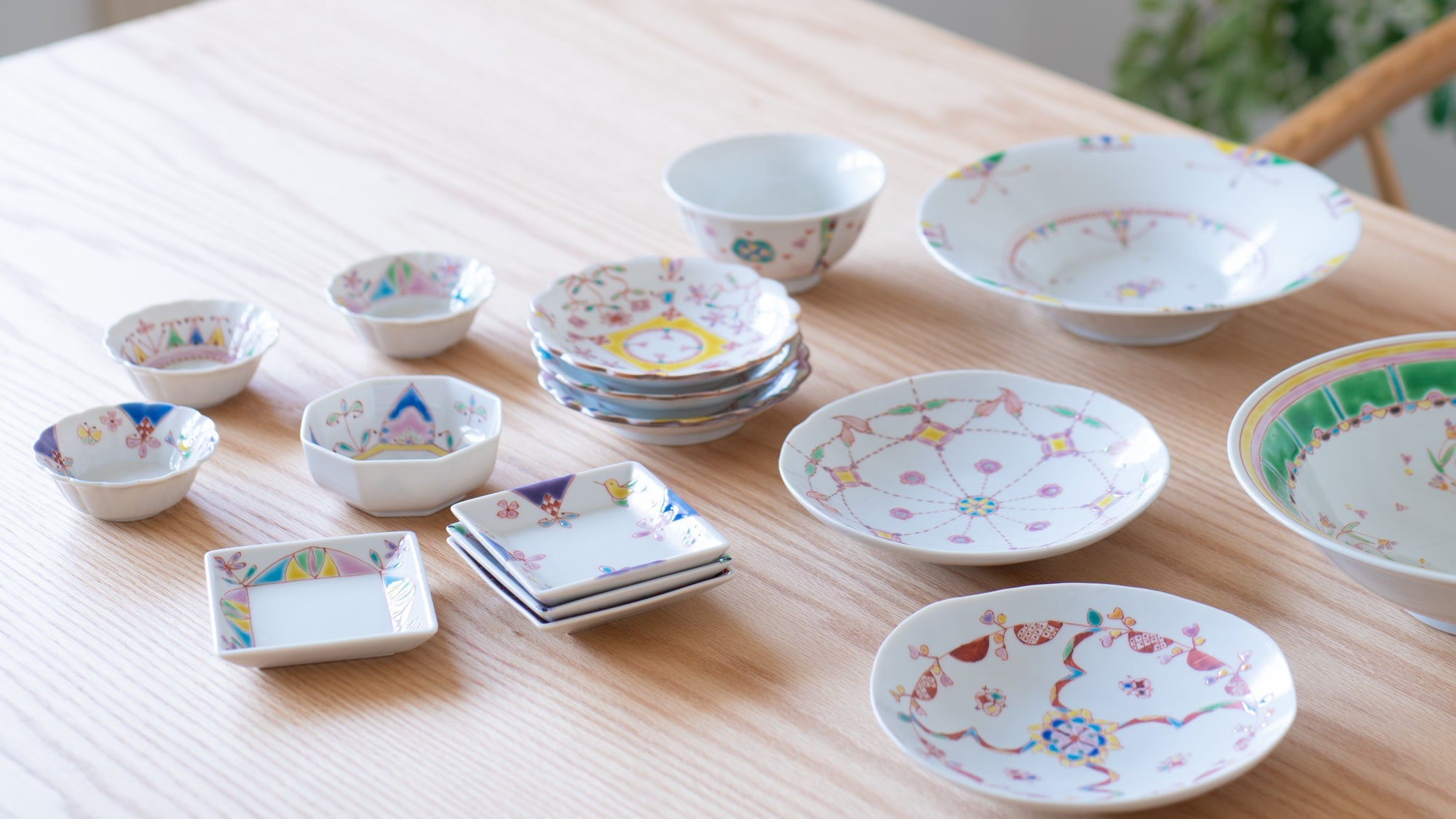
Ginshu Kiln

Gyokko Toen

Hakuichi

Hanasaka

Harekutani

Harisho Yamada Glass

Hariya Masayuki

Hataman Touen

Hibino Ceramic
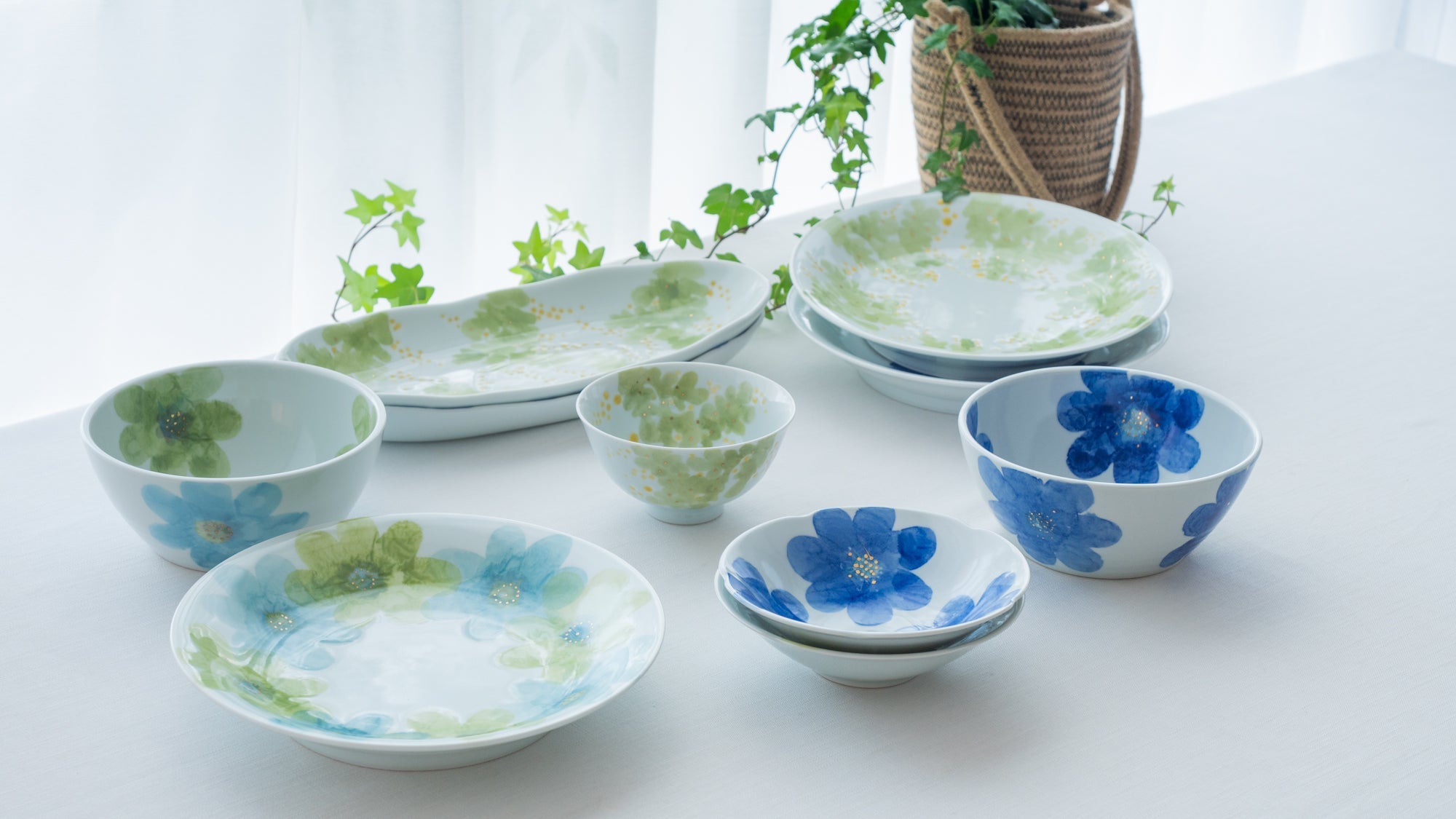
Higashi Kiln
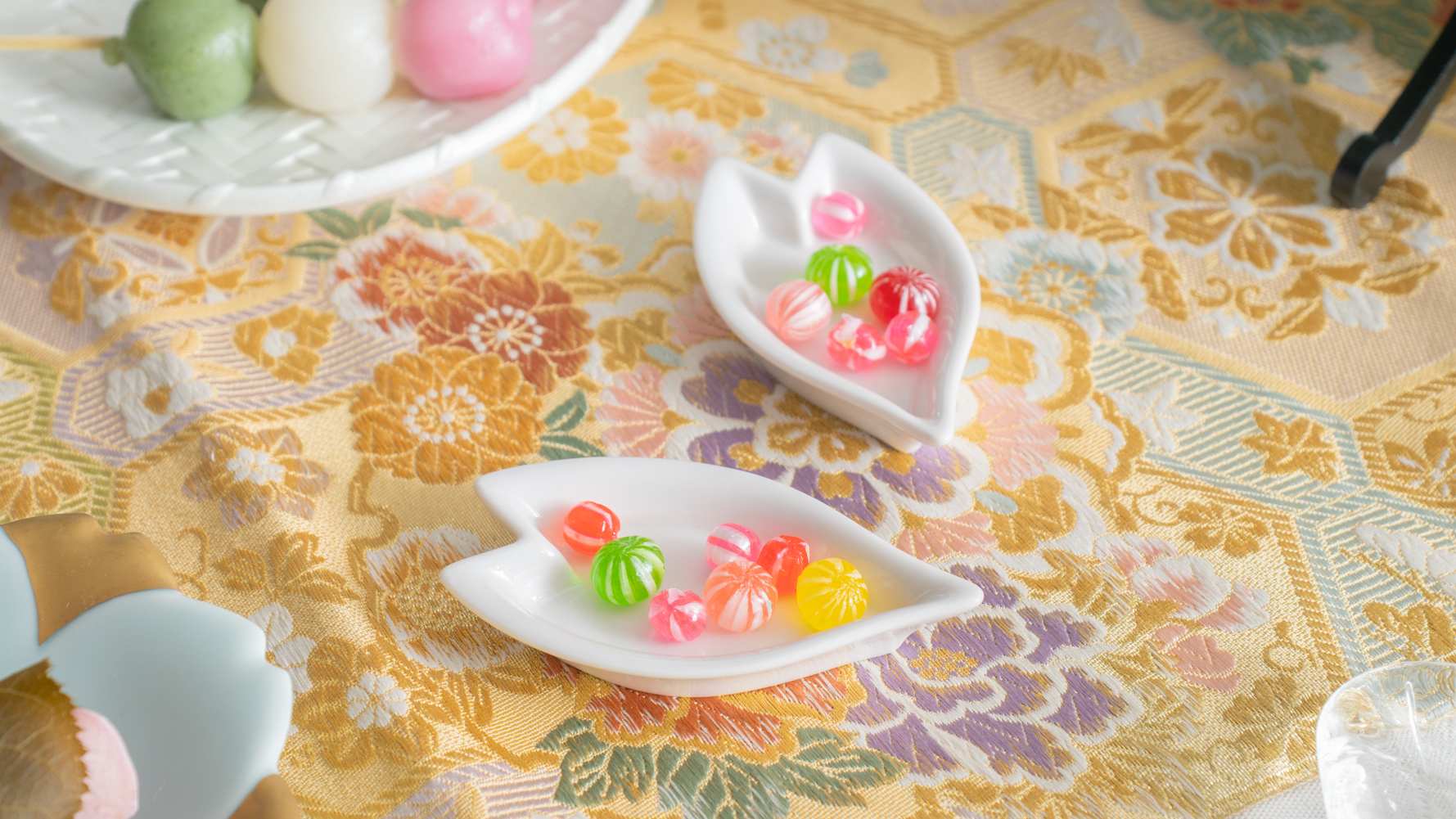
Hiracle

Hirado Kohsyo Danemon Kiln

Hirohashi

Hirota Glass

Hissan Pottery

Homeland
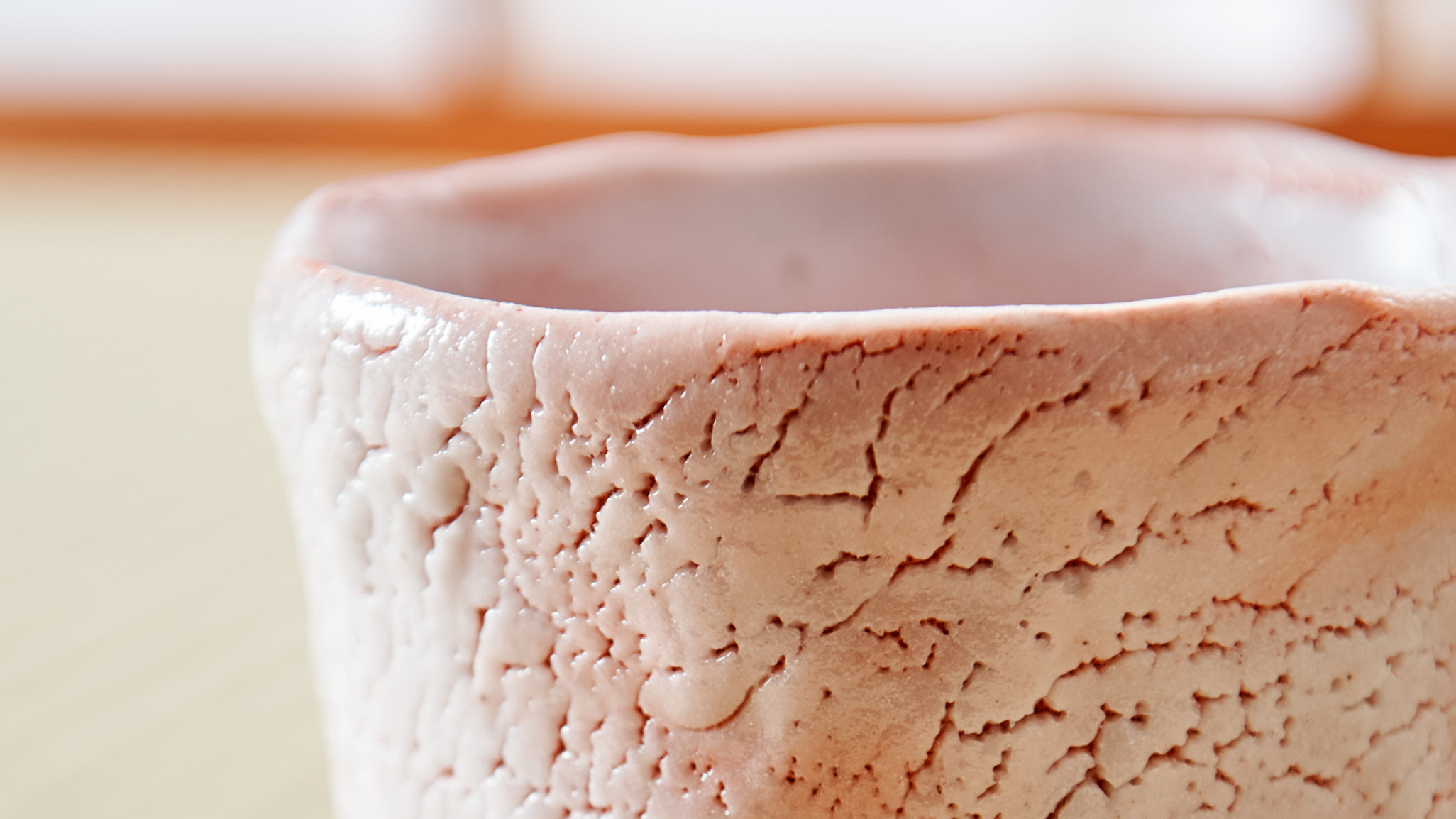
Hori Toshiro

Hozan Kiln

Ihoshiro Kiln

Ishida
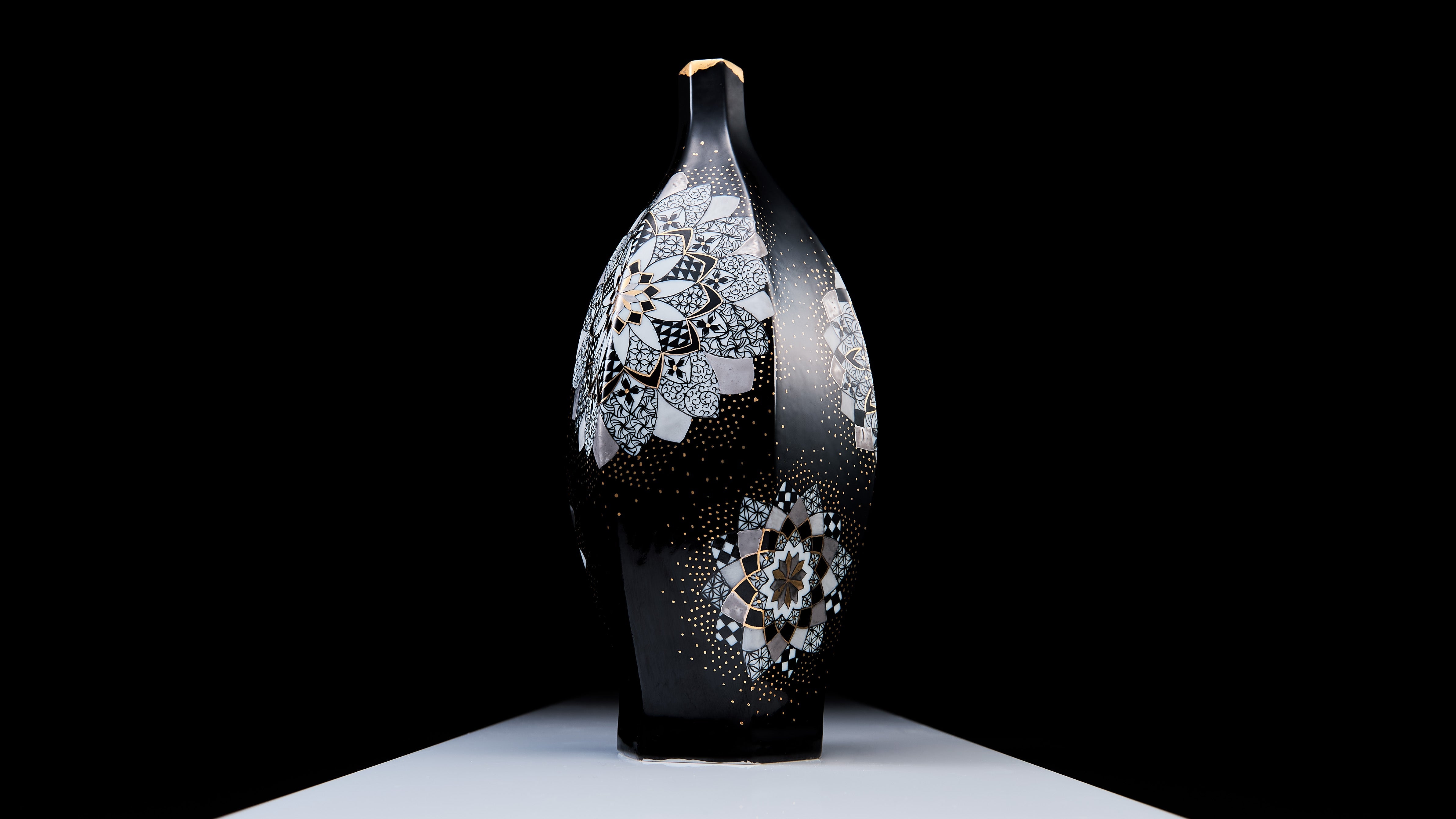
Ishitomi Shunjiro

Ishizuka Glass

JINSUI

Kadowaki Glass

Kaitakudo Art

Kaizan Kiln

Kakinuma Ningyo

Kakusho Kiln

Kawai

Keizan Kiln

Kidoguchi Yoshio

Kikusho Pottery

Kikyoya

Kinzan Kiln
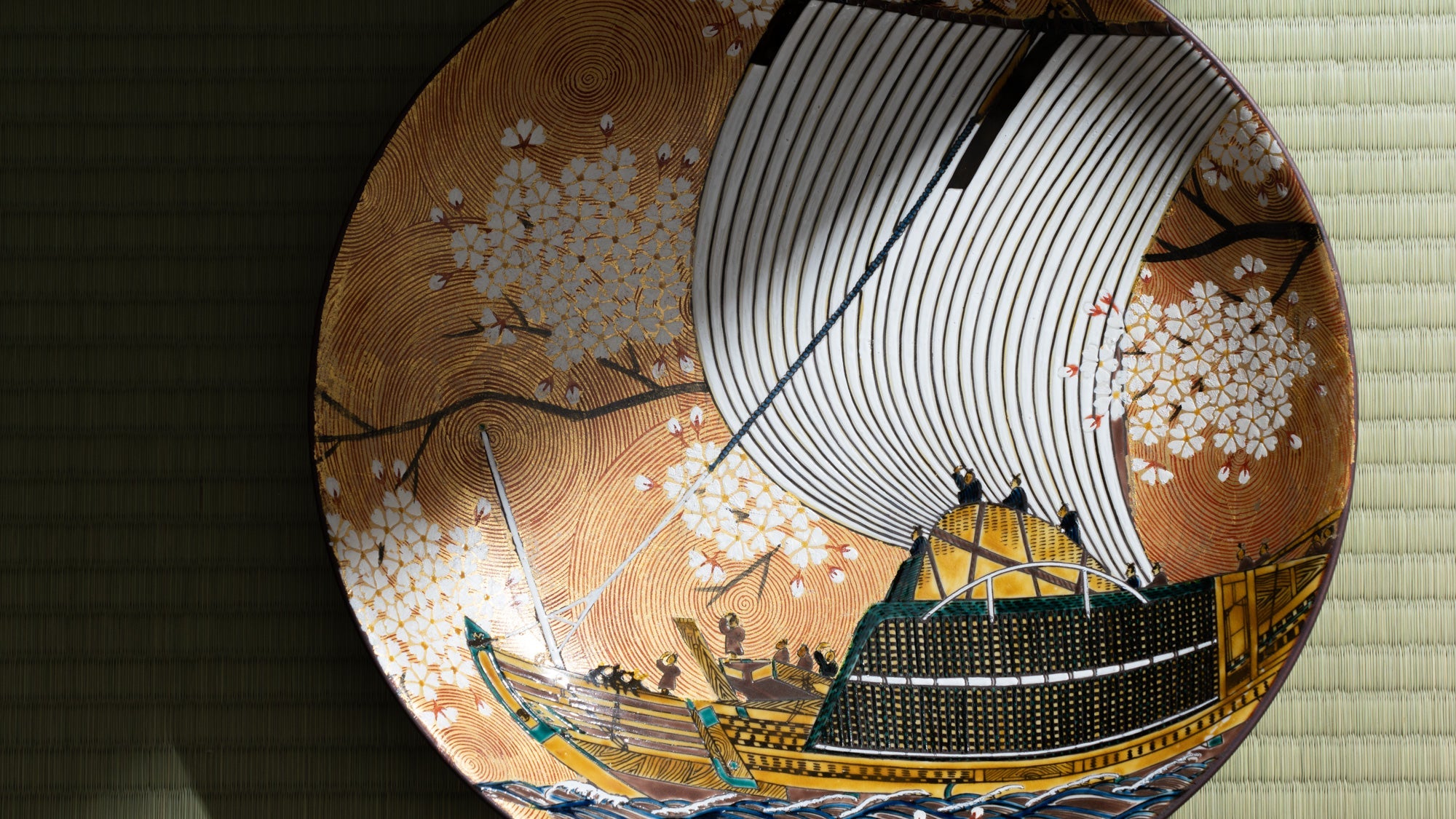
Kitamura Takashi

Kiyohide Glass

KIZAWA

Kobo Aizawa

Kokuzou Kiln

Komatsu Shigeo

Kousai Kiln

Kutani Art

Kutani Bitouen

Kyoto Hozan Kiln

Le Sanpei Kiln

Masaki Kiln

Matsuba Tatami
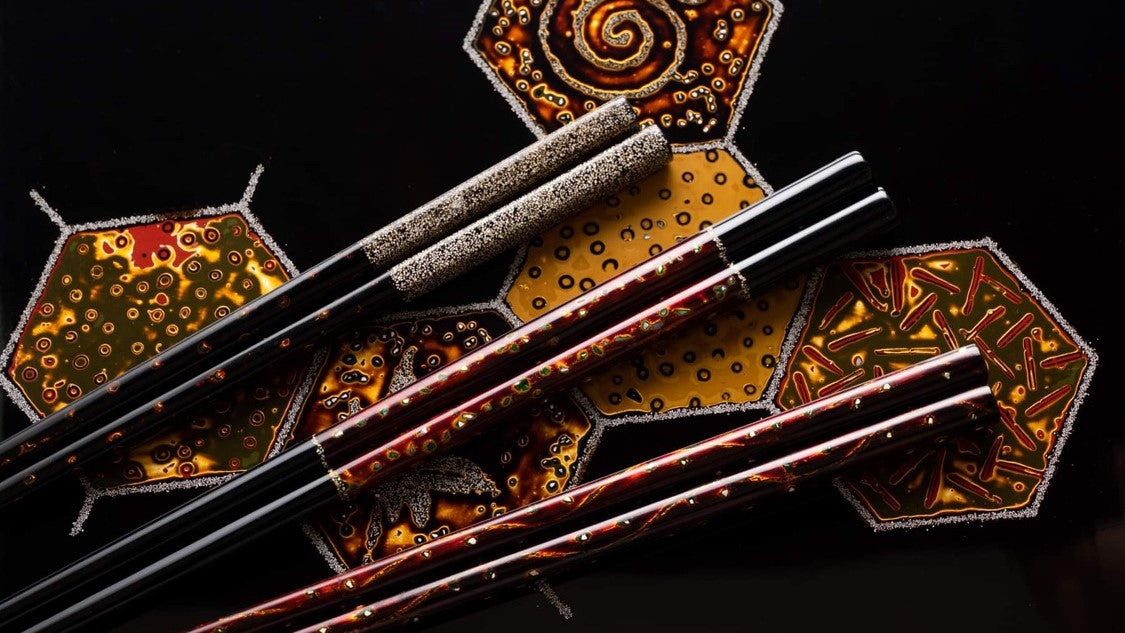
Matsukan

MERU

Midou Kiln

Mino Shodo
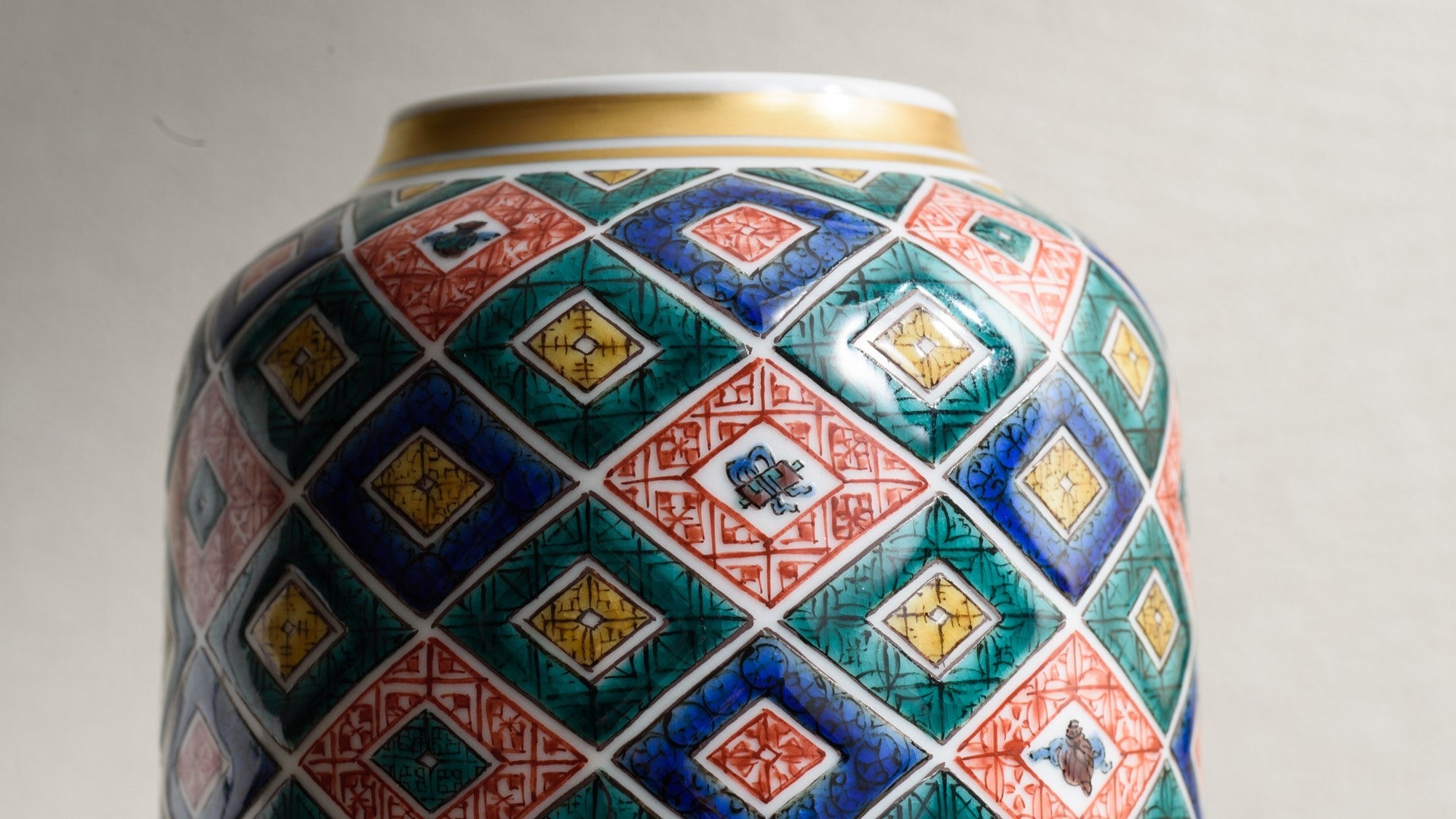
Mitsui Tamekichi

Miyabi Urushi Kogei

Mori Toshiaki

morisa

Musashi Kiln
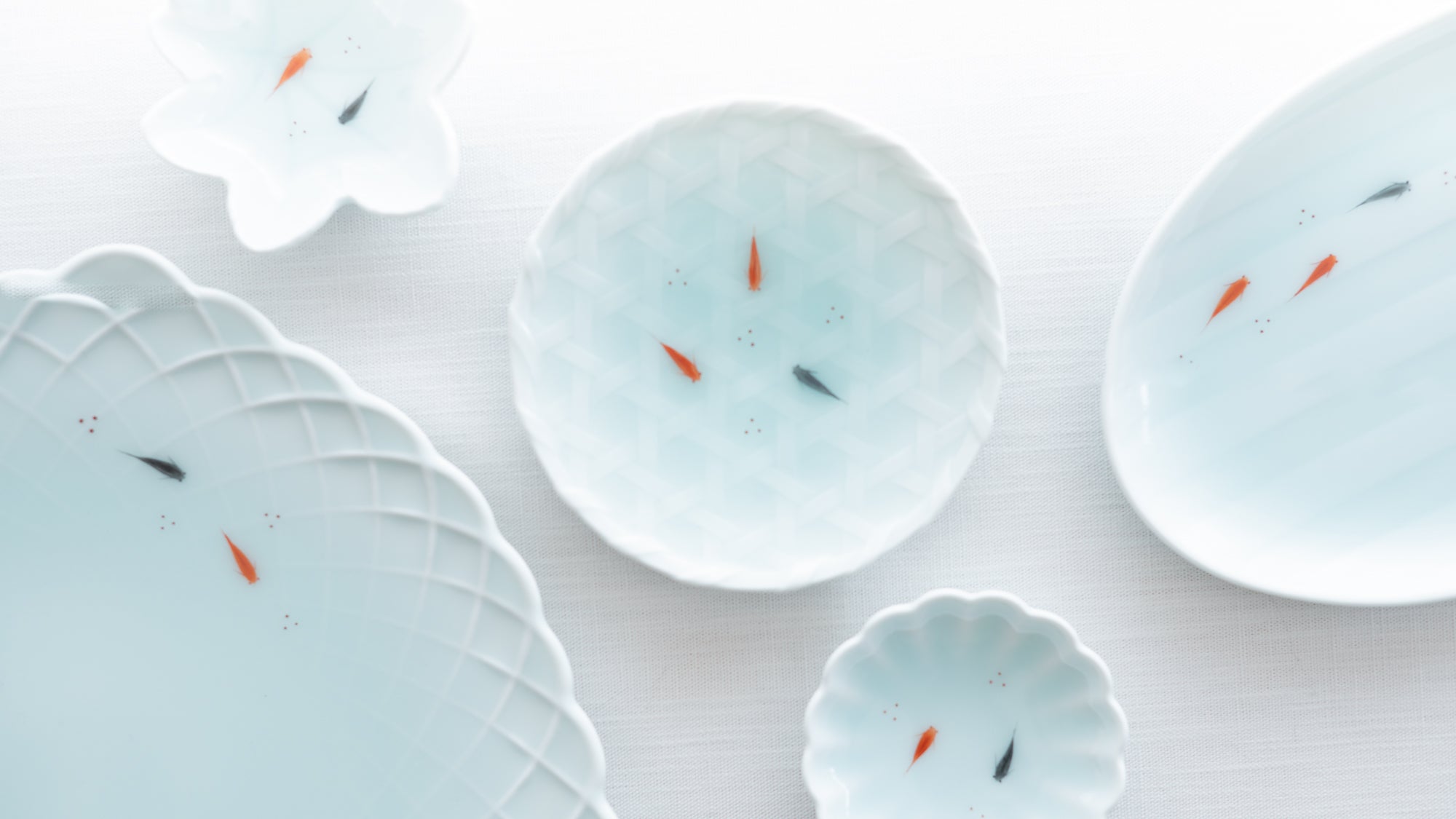
Nabeshima Kosen Kiln

Nakada Kingyoku

Nakamura Toshito

Nakazato Ichiro

Nanpu Kougei

Nichijou-Sahanki

Nishikata Ryota

Nishimoto

Odate Kougeisha

Ohigashi Alyne

Okazaki Yasuo

Ominato Bunkichi Shoten

Oshin Kiln
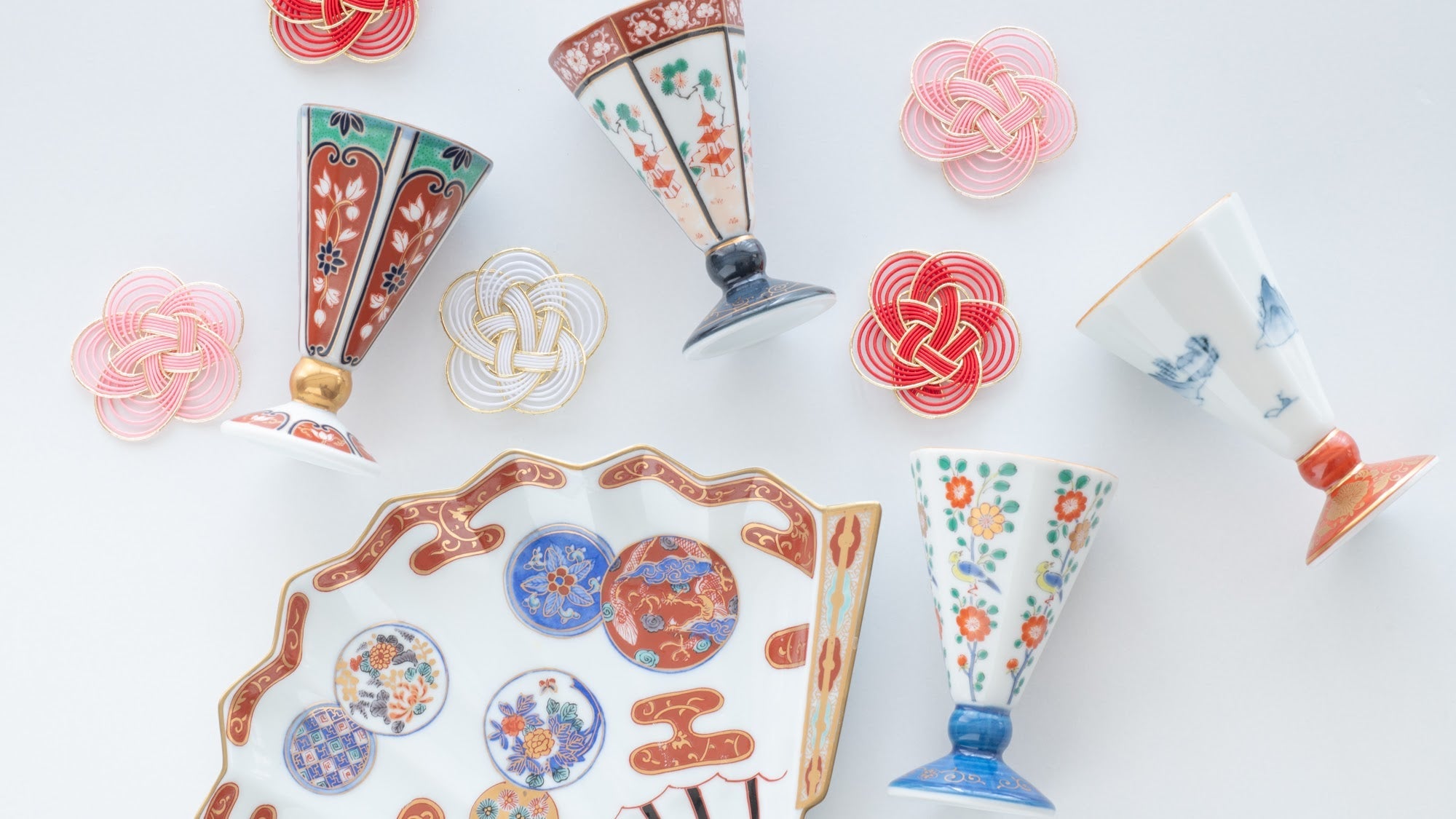
Rinkuro Kiln

Ritsuzan Tomita

Roji Associates

Sakurai Chie

Satomi Toshitaka

Seigado

Seiju Kiln

Seikou Kiln

Seto Togeisha

Showa Seito

SINGAMA

Sinra

Soryu Kiln

Soukyu Kiln

Souraku-an

Taishi Kiln

Taka Toshifumi

Takade Eiji

Takayama

Tanaka Toubou

Tasei Kiln

Taya Shikkiten

Tosen Kiln

Toshi Kiln

Touan

Toukou Kiln

Toyoda Woodcraft
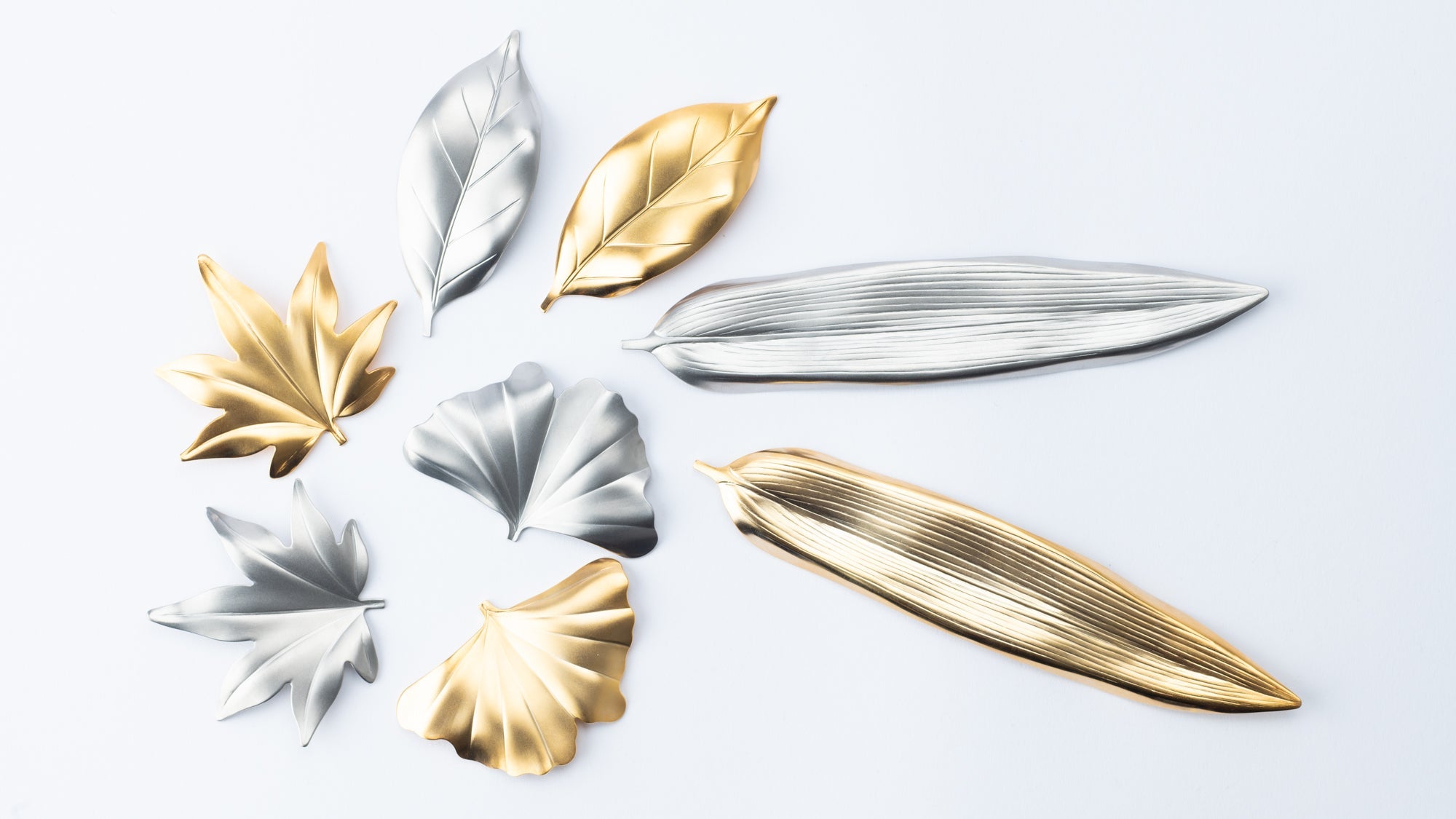
Tsubame Shinko

Tsuda Mizuhiki

Tsunoda Seibee

Usuki Ware

Utsutsu Kiln
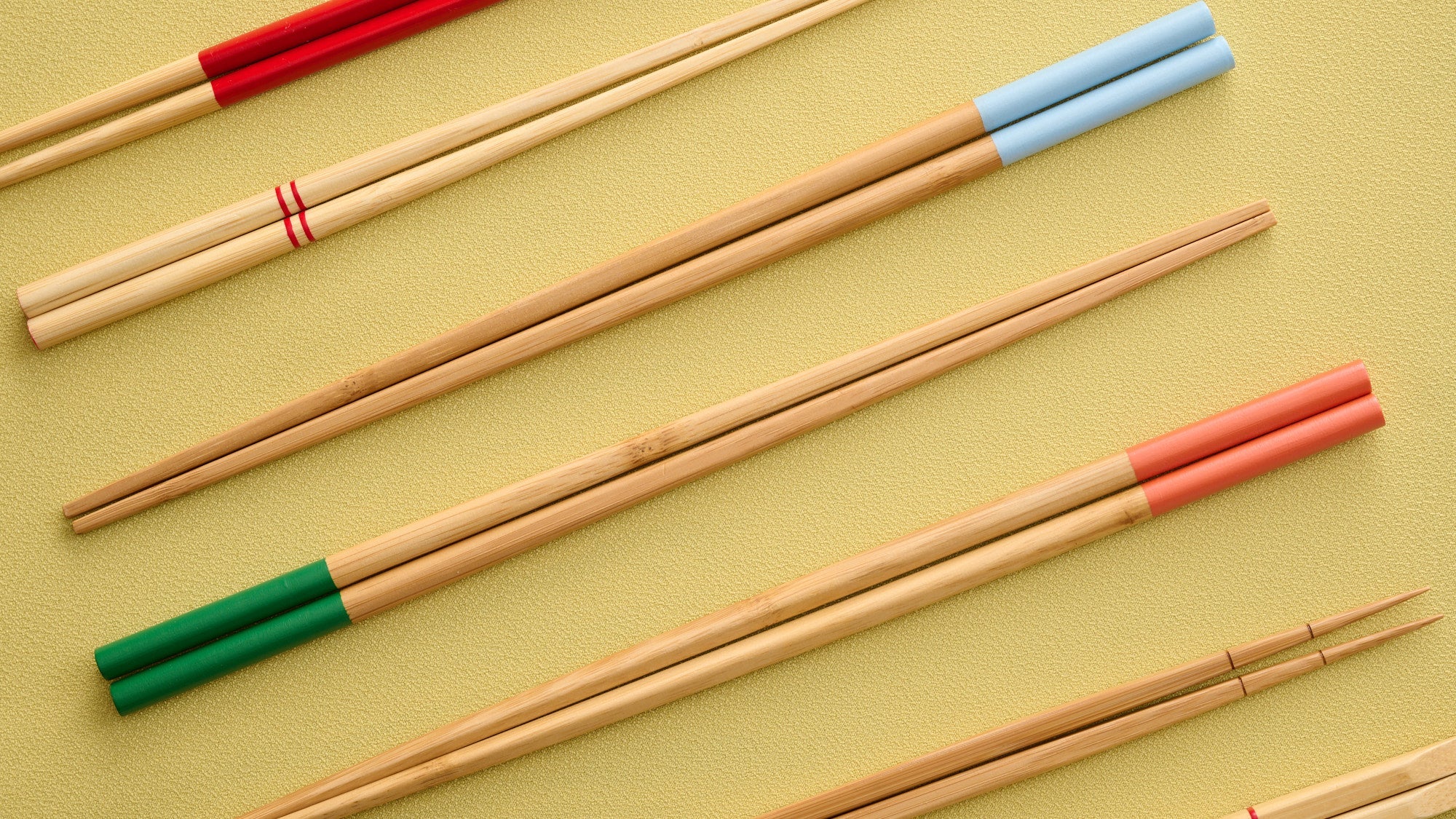
Yamachiku

Yamada Sen-i

Yamada Yoshiaki

YAMAKYU
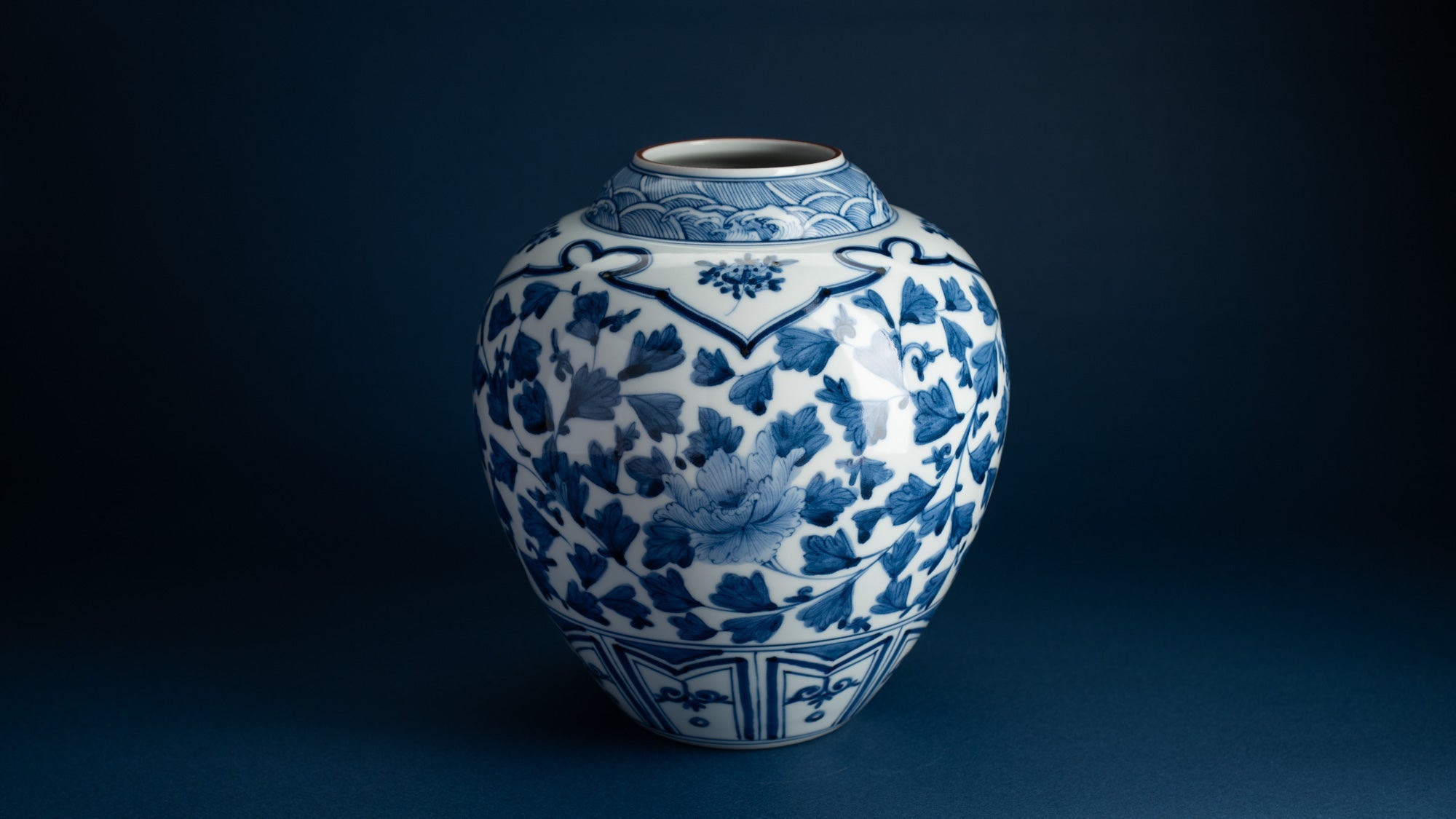
Yamamoto Choza

Yamaura Saori

Yatsuyanagi
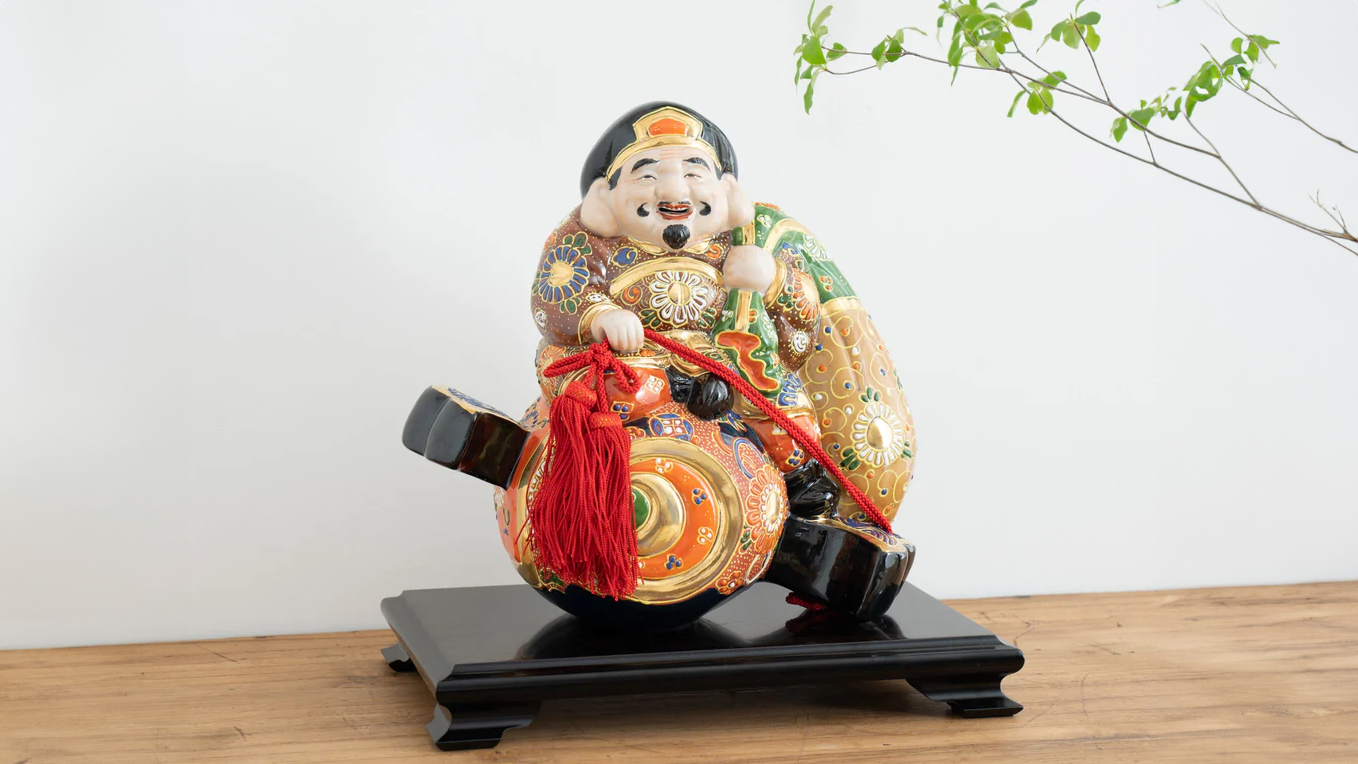
Yoneda Yuzan Kiln

Yoshita Kasho

Yoshita Minori

Yotsukawa Seisakusho

Yozan Kiln

Zoho Kiln

Zuiho Kiln















